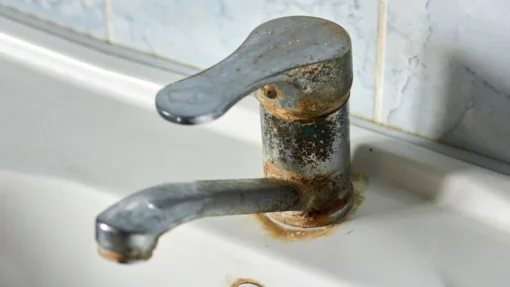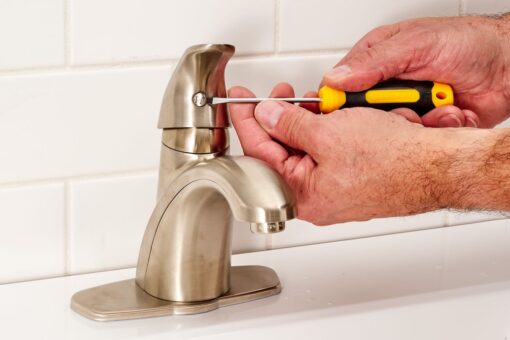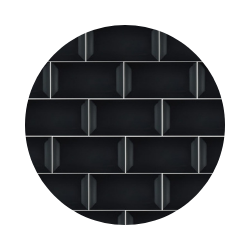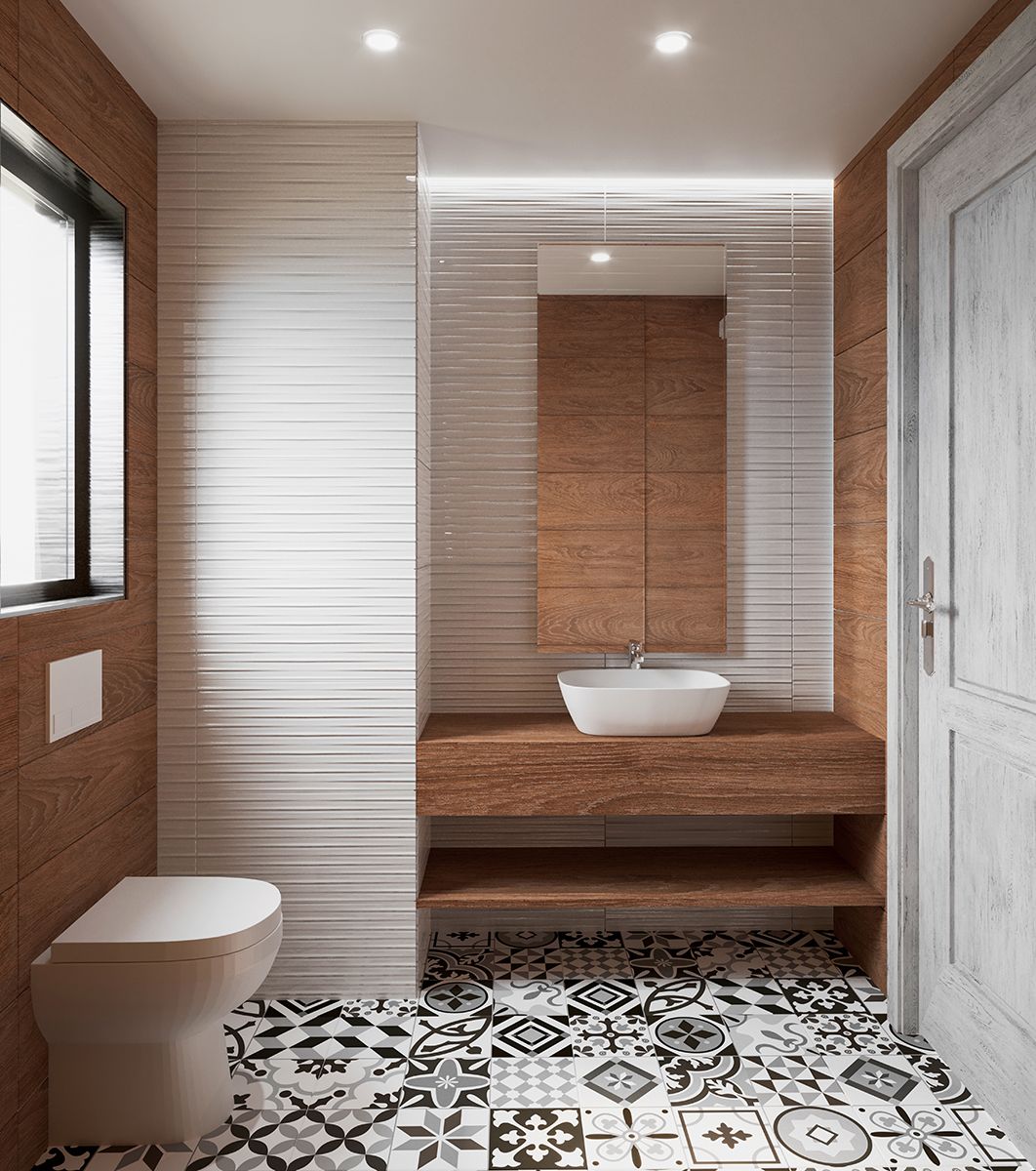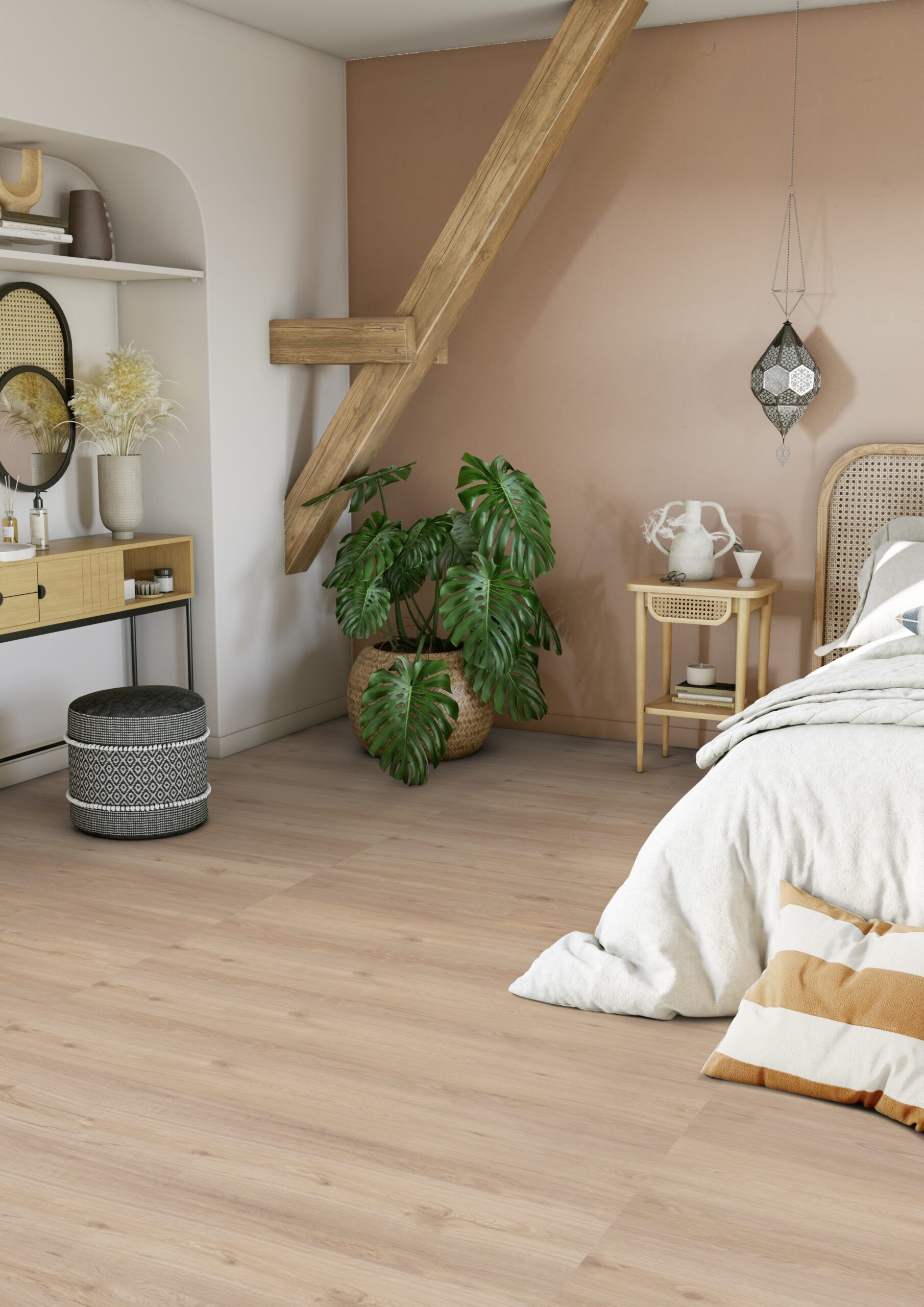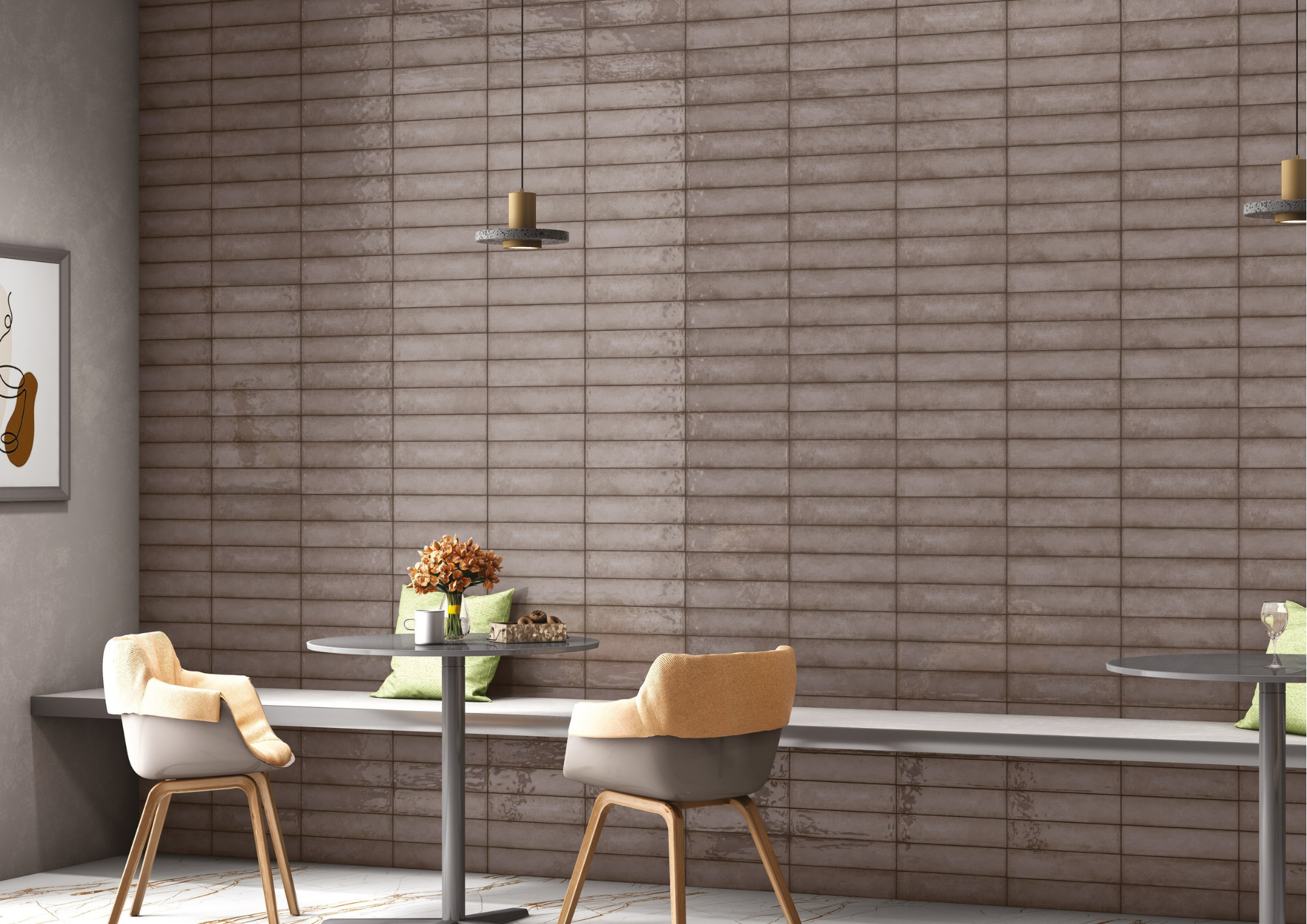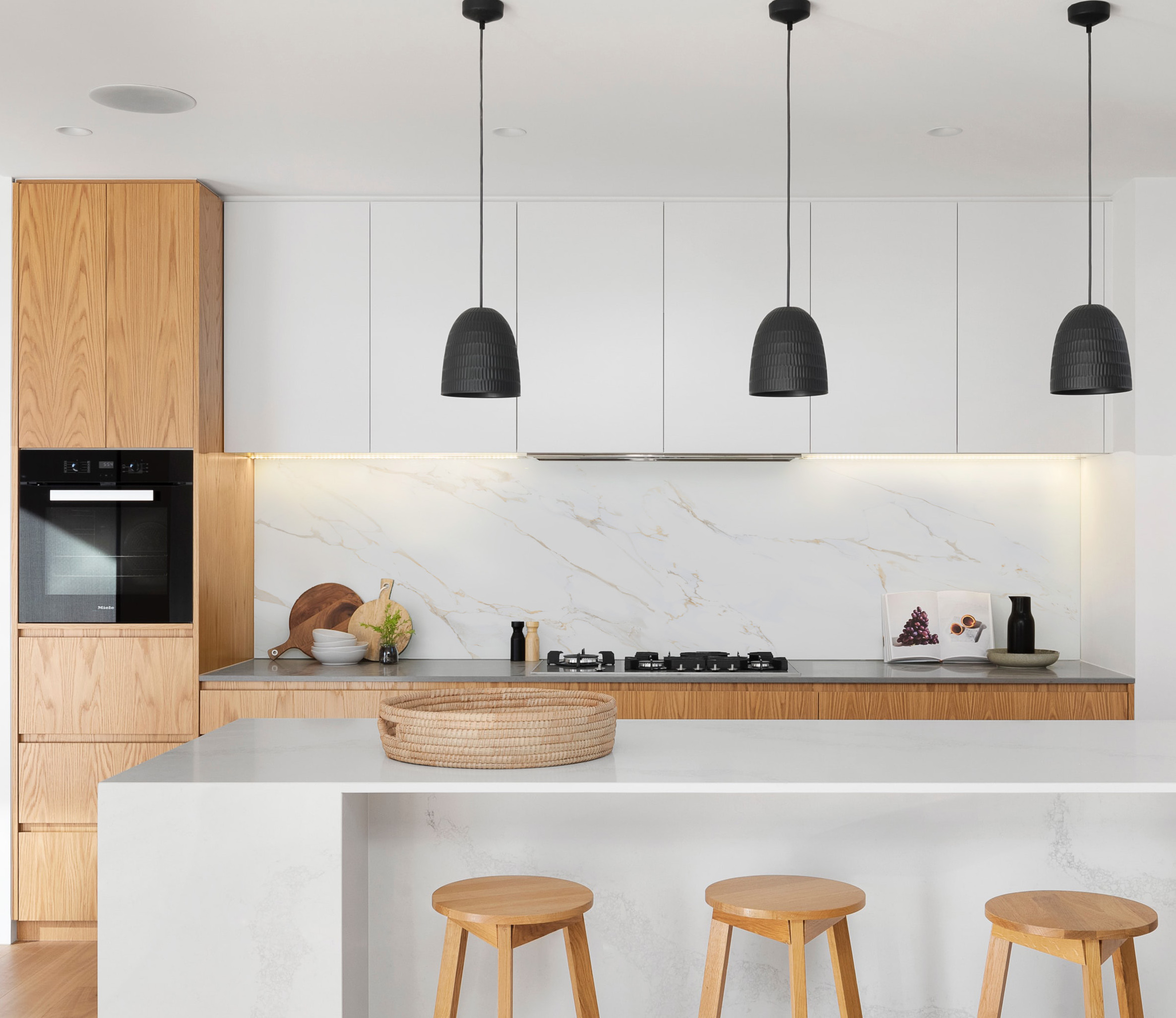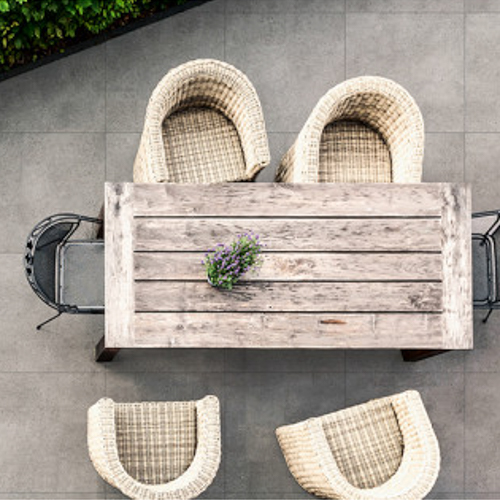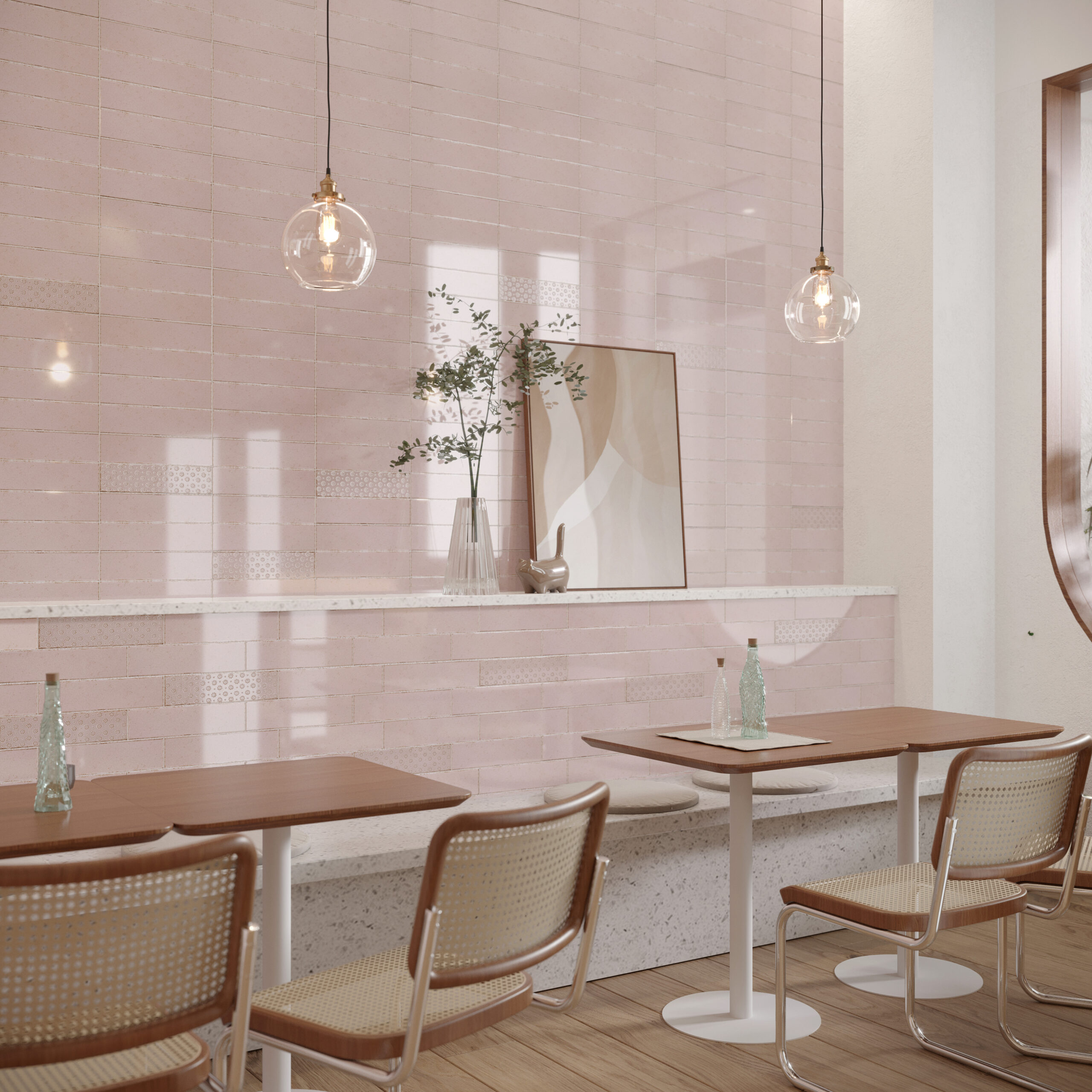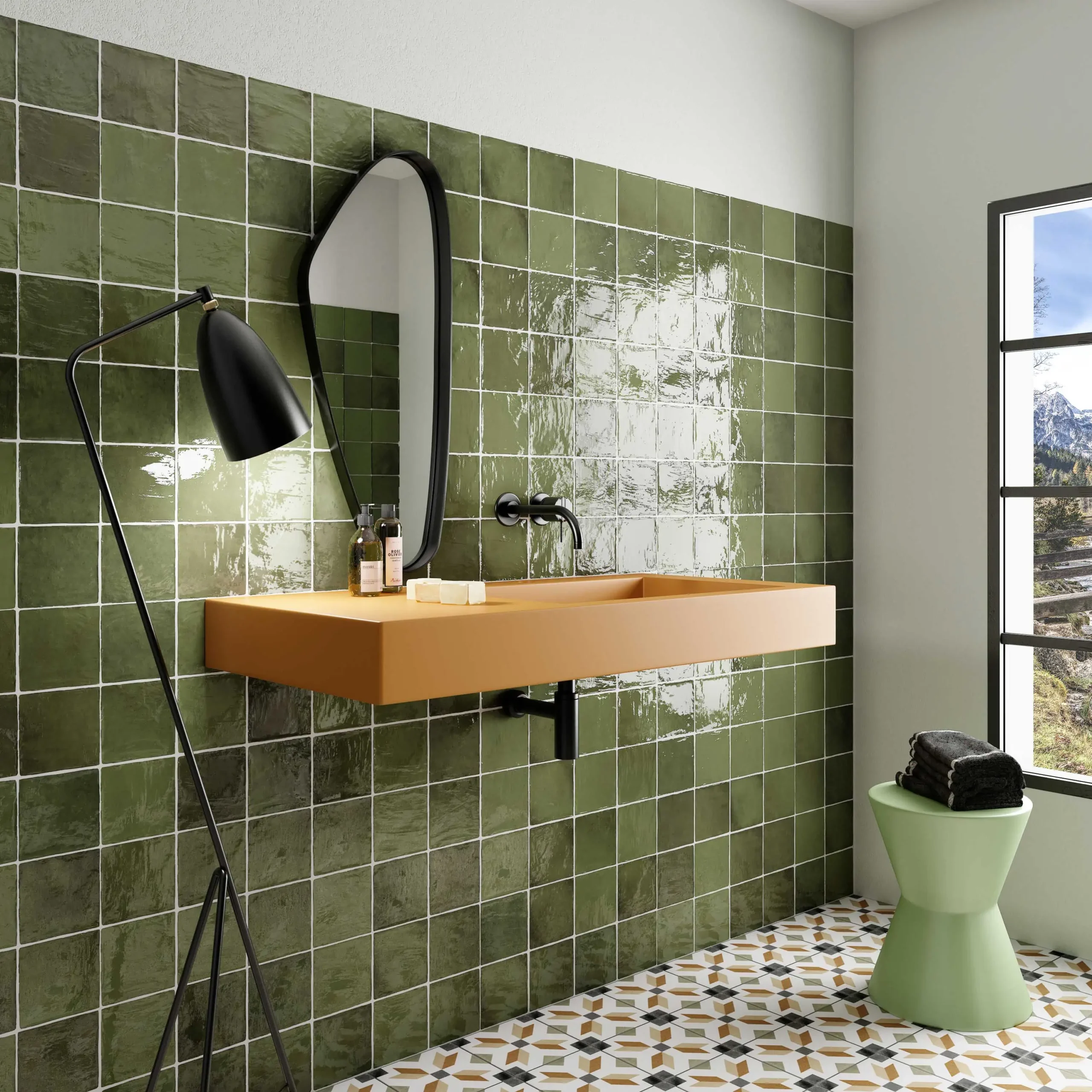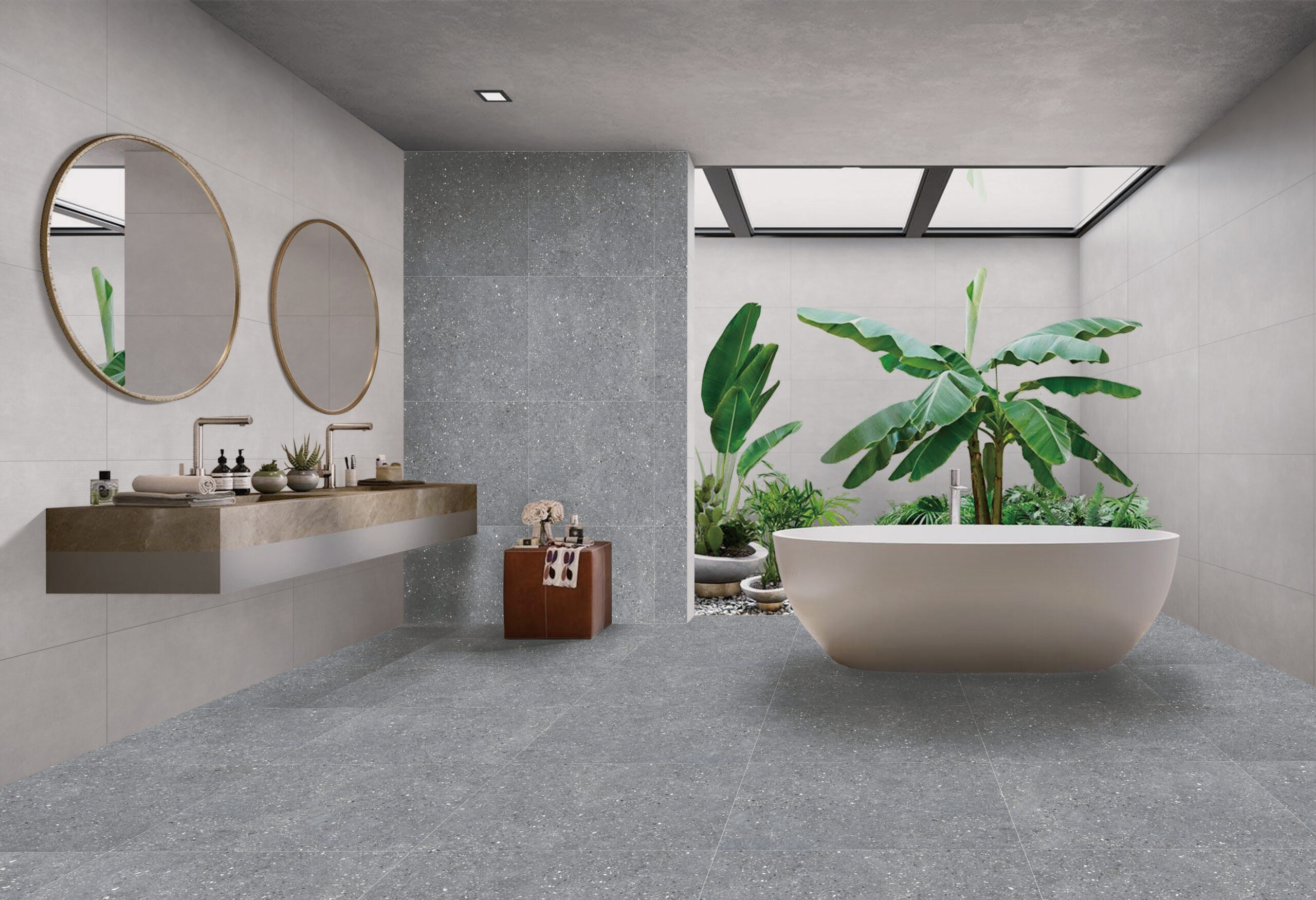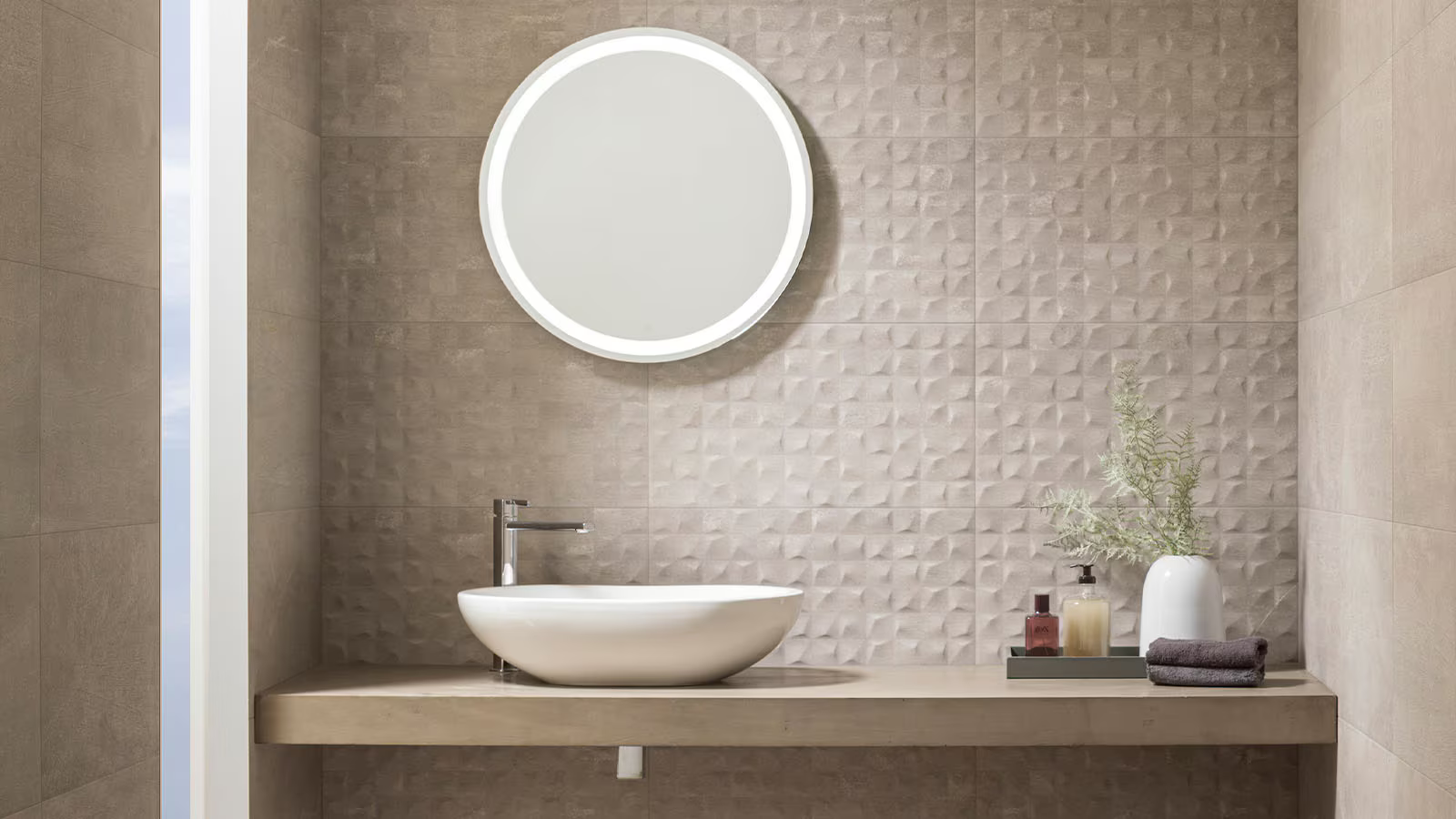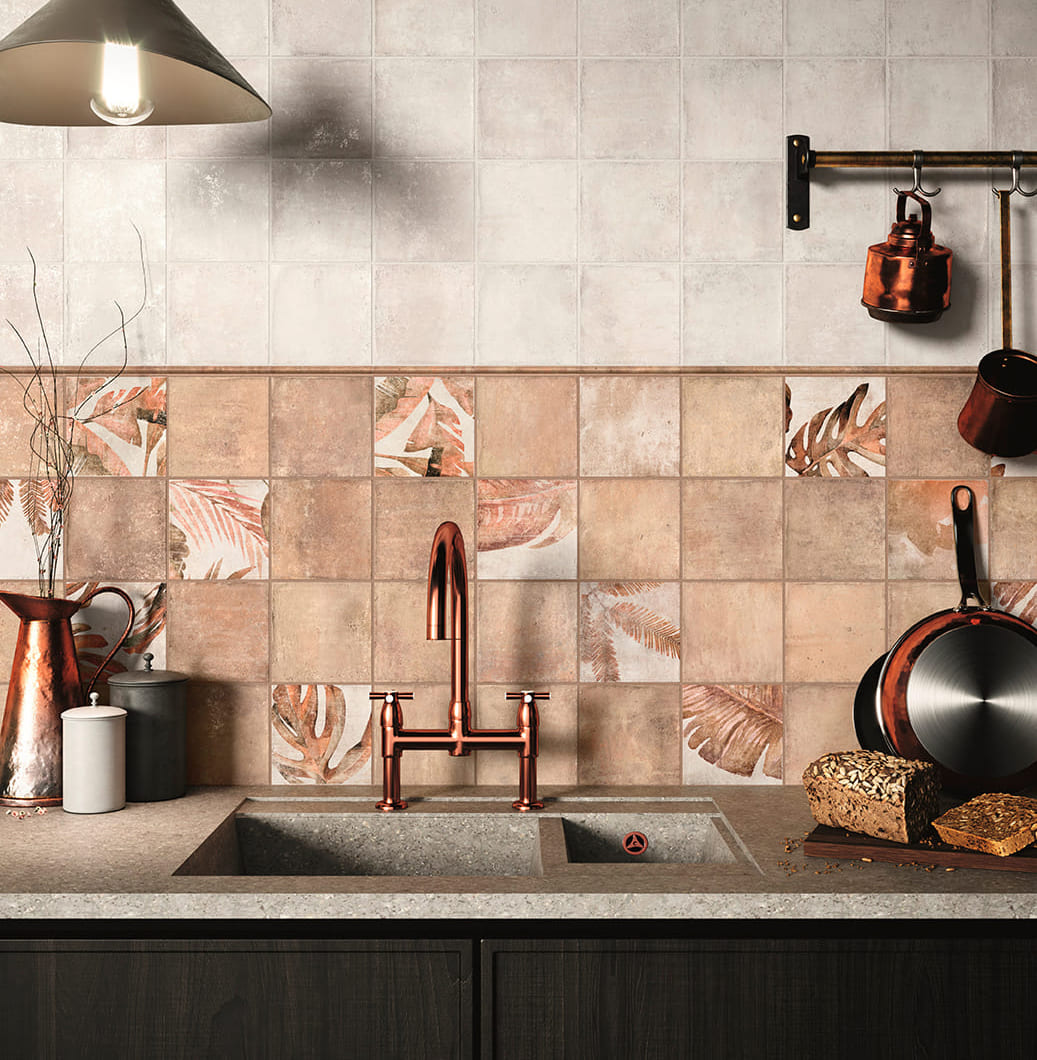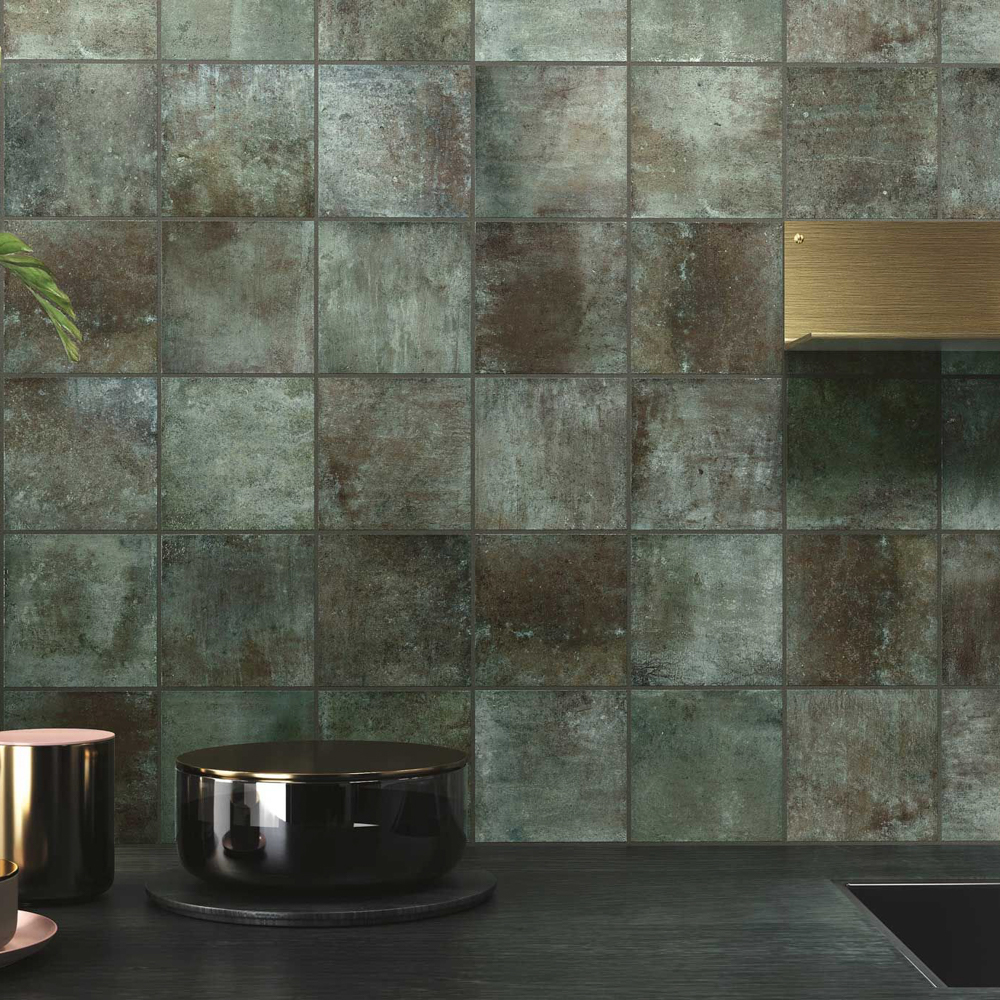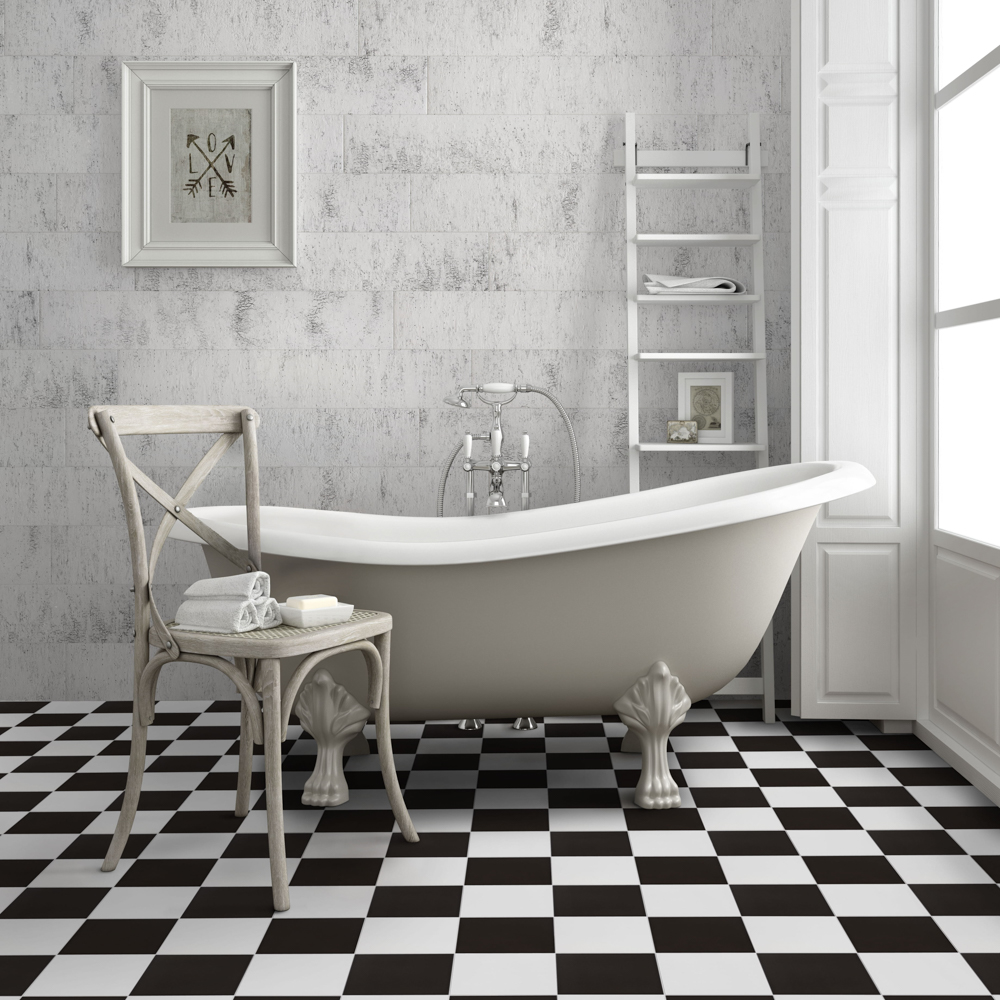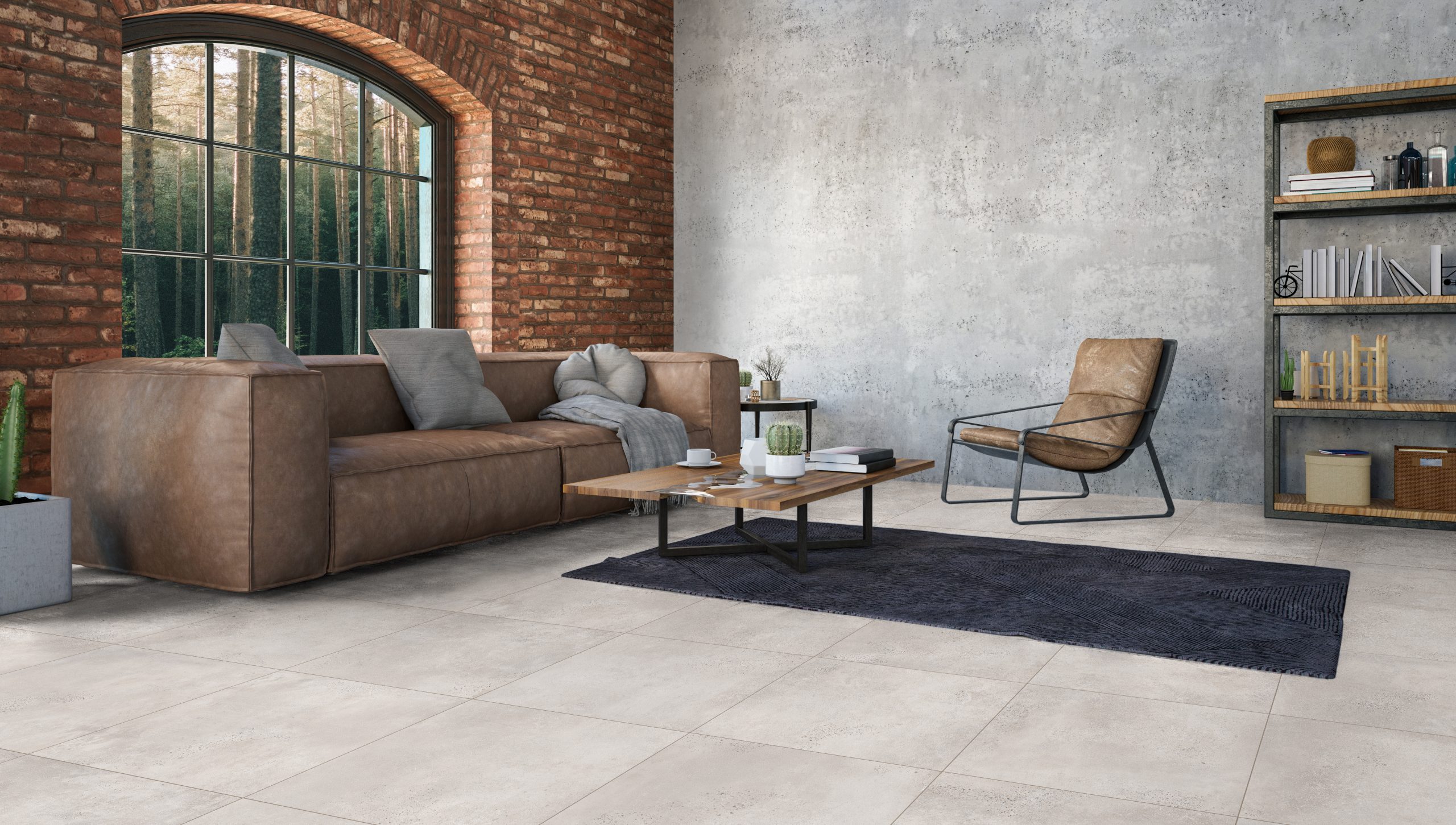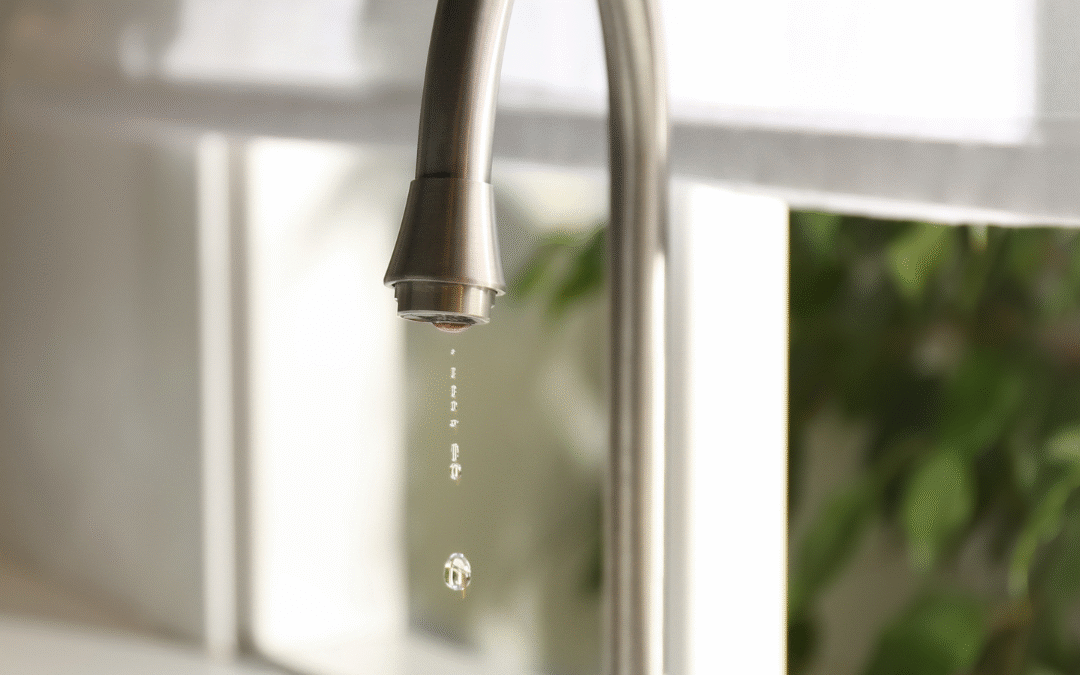
bathroom, blog, kitchen
There’s nothing more irritating than the constant drip, drip, drip of a leaking tap. Not only is it a waste of water, it can also add to your utility bills over time. The good news? You can often fix a dripping kitchen or bathroom tap yourself without much fuss. The better news? If things get tricky, you’ll know exactly when to call a plumber.
Let’s break it down step-by-step.
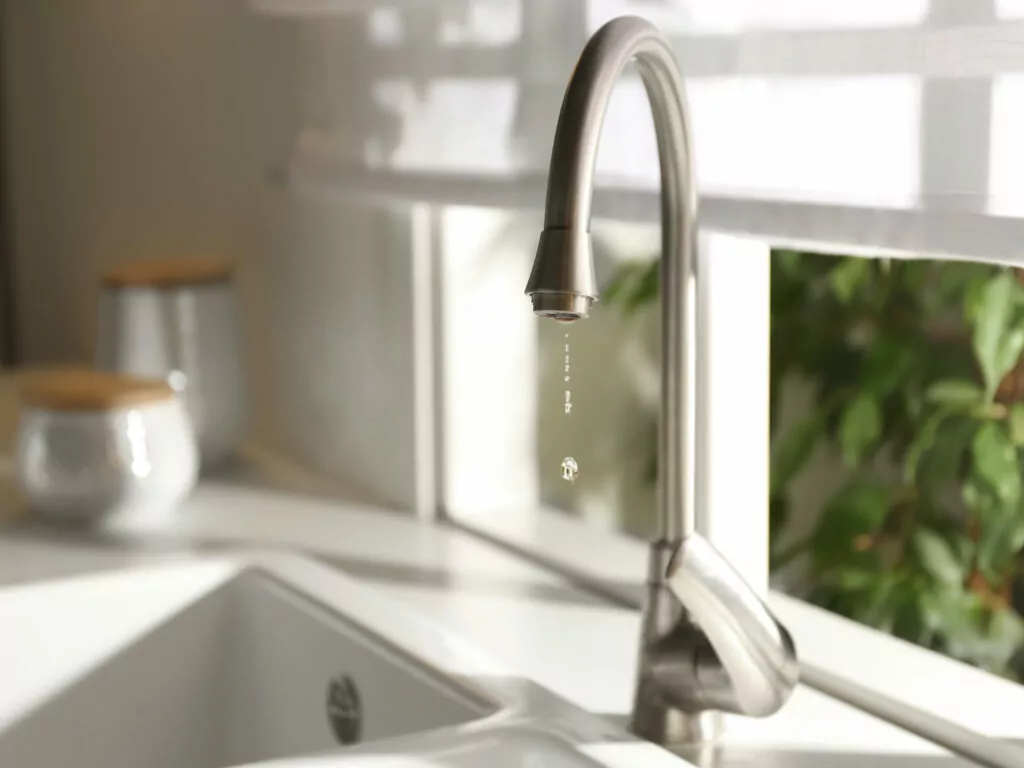
Table of Content:
Why Is My Tap Dripping?
What You’ll Need to Fix a Leaking Tap
How to Fix a Dripping Tap: Step-by-Step
When to Call a Plumber
Why Is My Tap Dripping?
A dripping kitchen or bathroom tap is usually caused by one of these common issues:
A worn-out washer or O-ring
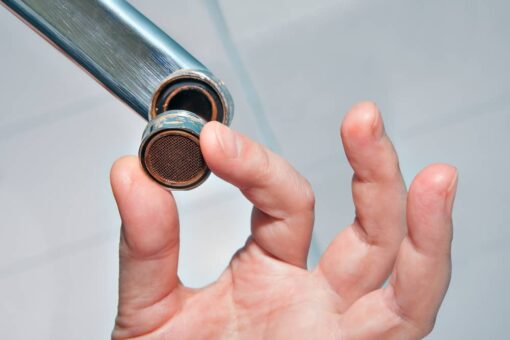
A faulty ceramic disc cartridge
Loose or corroded parts
High water pressure
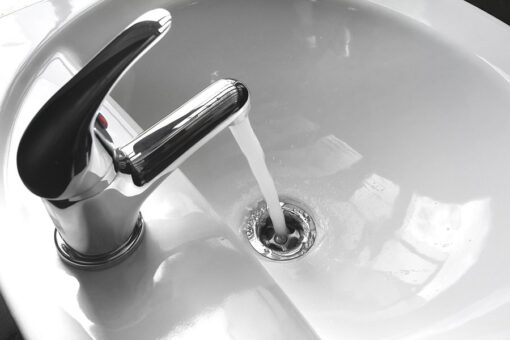
These problems sound complicated but many are quick and affordable to fix at home.
What You’ll Need to Fix a Leaking Tap
Before you begin, gather the following:
Adjustable spanner or wrench
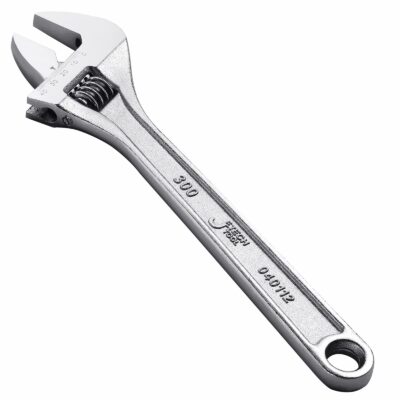
Flathead and Phillips screwdrivers
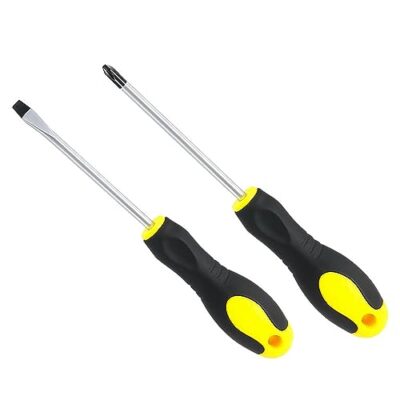
Replacement washer or cartridge (depending on your tap type)

Allen key (for some mixer taps)
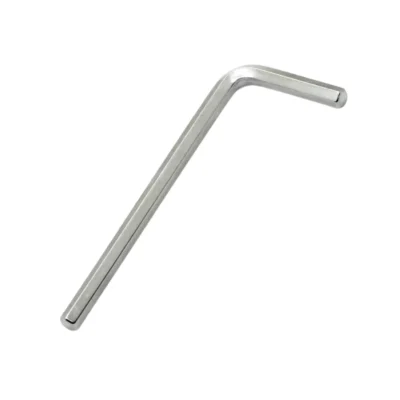
A cloth or towel to protect surfaces
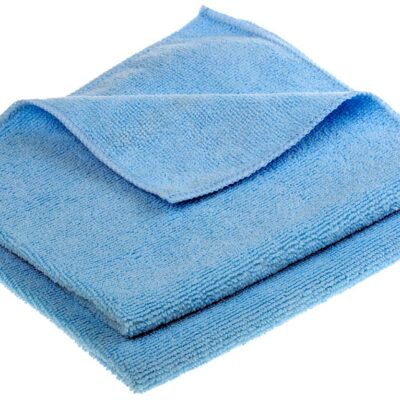
Plumber’s grease (optional but helpful)
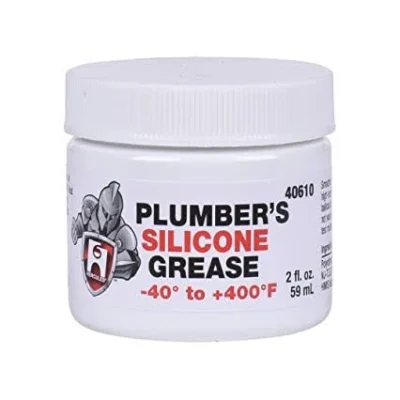
How to Fix a Dripping Tap: Step-by-Step
1. Turn Off the Water Supply
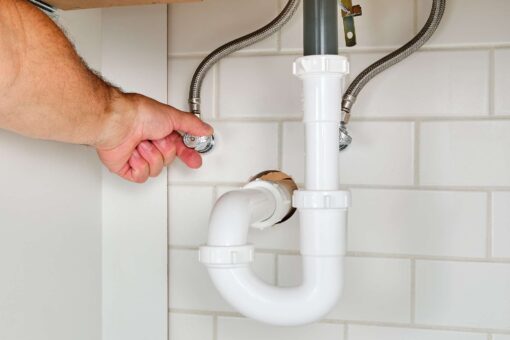
Look under your sink and find the isolation valve. Turn it clockwise to shut off the water. If you can’t find it, turn off the main water supply for your home.
2. Plug the Sink/Basin
You don’t want any small parts falling down the drain, so plug the sink/basin or cover the drain with a cloth.
3. Remove the Tap Handle
Use a screwdriver or Allen key to take off the tap handle. You might need to pop off a decorative cap to access the screw.
4. Identify the Problem
Once the handle is off, you’ll see the tap mechanism. If your tap uses a rubber washer, inspect it for wear or damage. If it’s a ceramic disc tap, check the cartridge.
5. Replace the Damaged Part

-
For washer taps: Unscrew the valve, remove the old washer and replace it with a new one of the same size.
-
For ceramic disc taps: Replace the entire cartridge with a new one compatible with your tap brand.
Tip: Take the old part with you to a plumbing store if you’re unsure about size or type.
6. Reassemble the Tap
Put everything back in the reverse order. Make sure all parts are tight but don’t overtighten — this could cause damage.
7. Turn the Water Back On

Slowly turn the isolation valve back on and check for leaks. If the drip is gone, you’ve done it right.
When to Call a Plumber
Sometimes, a dripping tap is just the tip of the iceberg. Call a professional plumber if:
-
The tap continues leaking after replacing parts
-
You notice water damage under the sink
-
The plumbing connections are corroded or rusty
-
You can’t identify the type of tap or cartridge
-
You’re dealing with high water pressure or noisy pipes
A plumber will fix the issue properly and help prevent future damage, saving you time and money in the long run.
Fixing a dripping kitchen tap or bathroom tap is a simple DIY job in many cases. With a few tools and a little patience, you can stop that annoying drip and enjoy a quiet, functional kitchen or bathroom again. But if things feel too technical or you’re unsure, don’t hesitate to call a plumber.
Whether you’re renovating your kitchen or bathroom, or just maintaining your home, knowing how to handle small plumbing issues makes a big difference.
Looking to upgrade your kitchen or bathroom taps or need expert plumbing advice? Browse our range of kitchen taps and bathroom taps or get in touch with our team — we’re here to help.
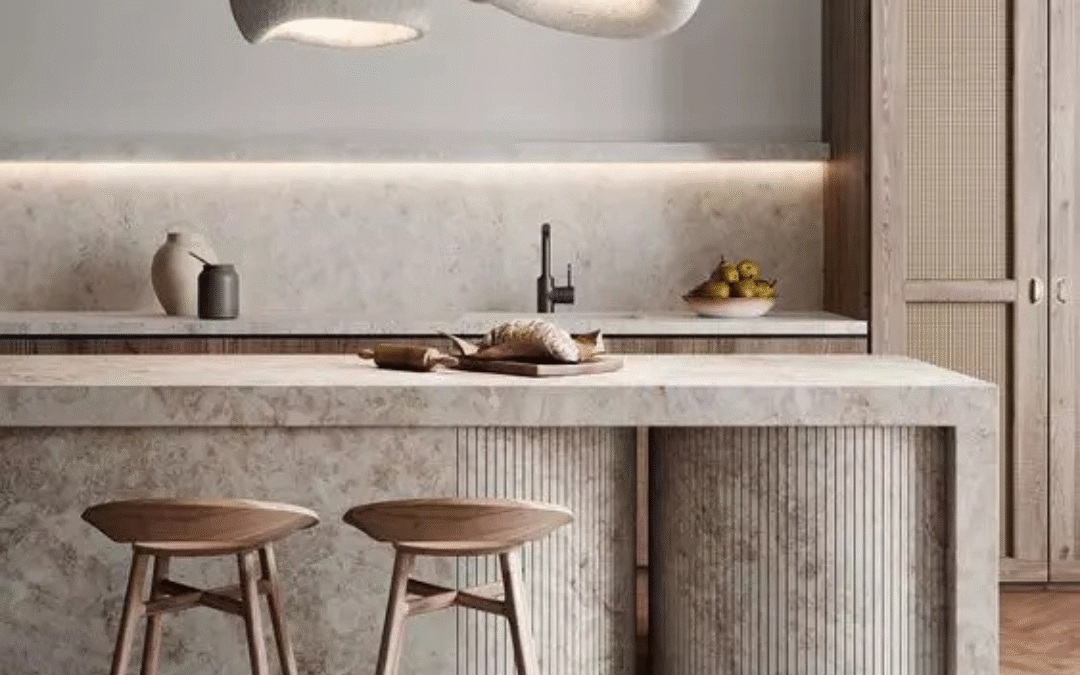
bathroom, blog, interior design tips, kitchen, trends
There’s a new style on the interior design scene, and it’s winning over homeowners and designers alike. Meet Japandi — the perfect blend of Japanese minimalism and Scandinavian functionality. If you’re looking for a calm, clutter-free and timeless look in your home, Japandi might be exactly what you need.

Table of Content:
What Is Japandi Style?
Why Is Japandi Gaining Popularity?
How to Bring Japandi into Your Home
Japandi in Every Room
Tiles and Japandi
Browse our collection of Japandi-inspired pieces
What Is Japandi Style?
Japandi is a fusion of two design philosophies.
On one side, you have Japanese interior design — simple, elegant and rooted in nature.
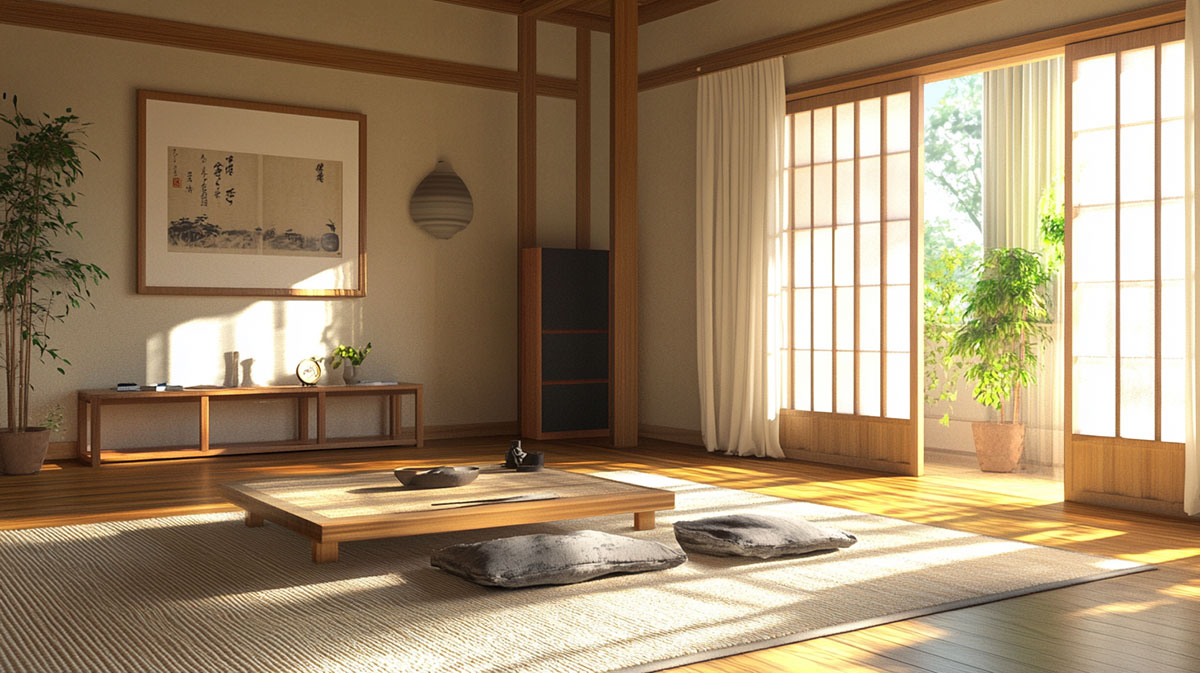
Image credit: awedeco.com
On the other, you have Scandinavian style — warm, functional and focused on comfort.
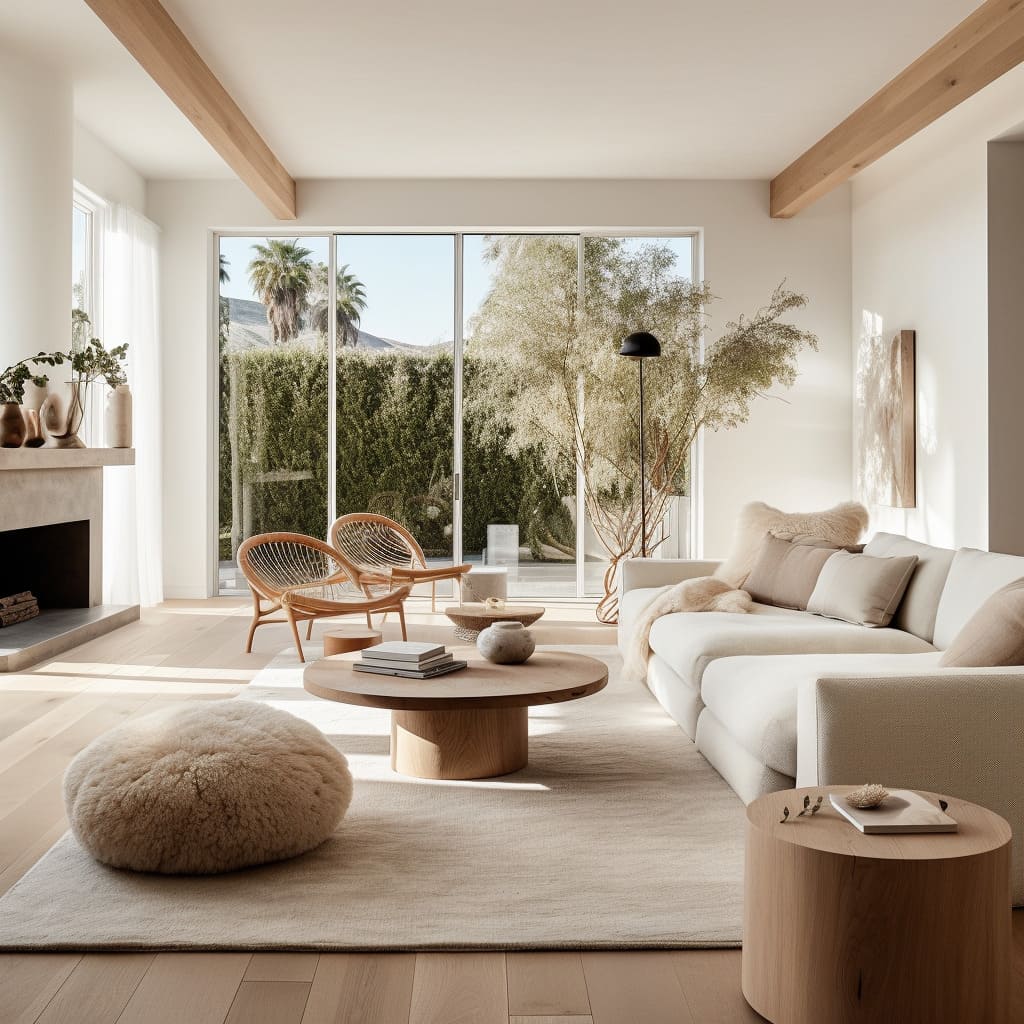
Image credit: fancyhouse-design.com
Together, they create a space that feels both modern and lived-in.
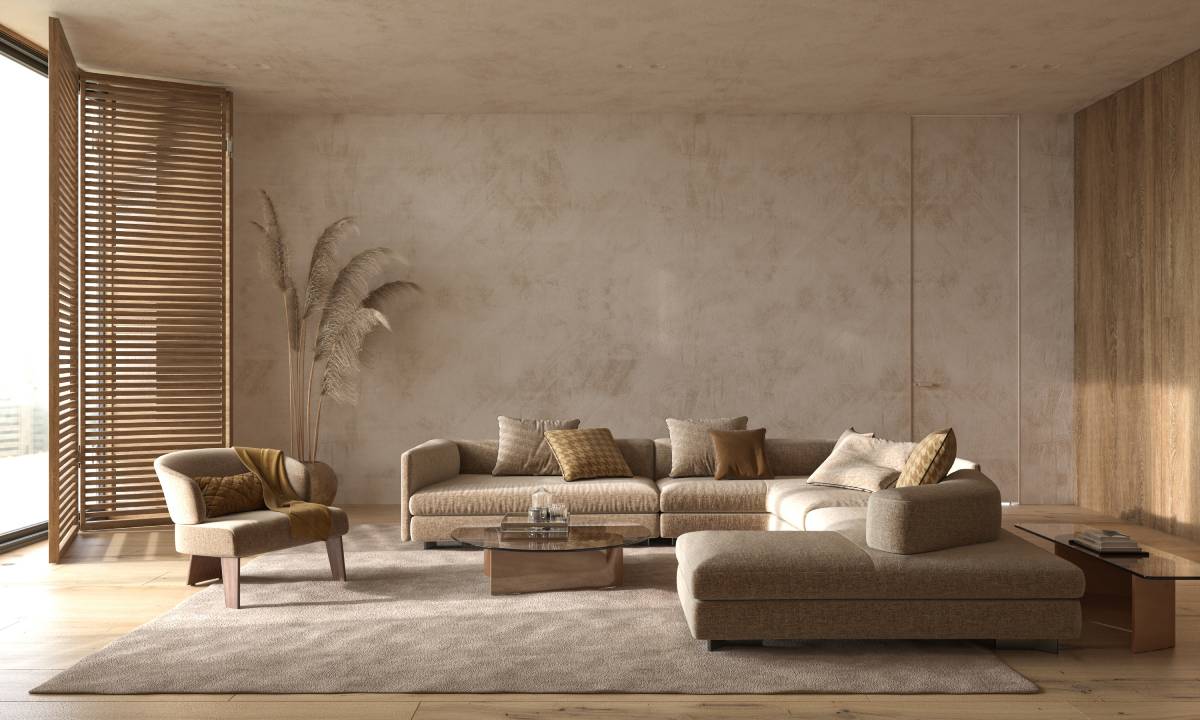
The Japandi trend focuses on clean lines, natural materials and muted colours. It values craftsmanship over mass production and encourages intentional living — only keeping what’s necessary and meaningful.
Why Is Japandi Gaining Popularity?
In today’s fast-paced world, many people are looking for ways to create a more calming and grounded home environment. Japandi offers exactly that. It’s not about filling your home with things — it’s about choosing the right things.
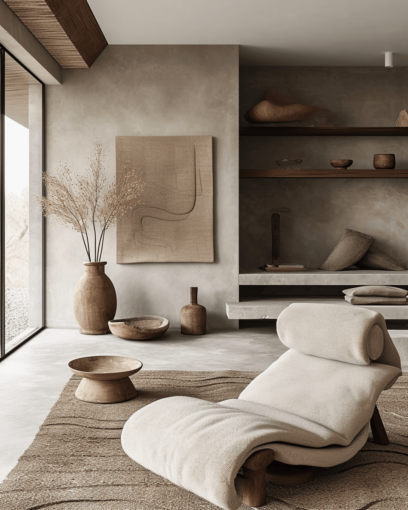
Image credit: edwardgeorgelondon.com
Minimalist yet cosy, Japandi interiors promote wellbeing. Think soft linen throws, warm wood tones and stone finishes. Neutral colour palettes dominate the look, with shades of beige, taupe, sage green and charcoal taking centre stage.
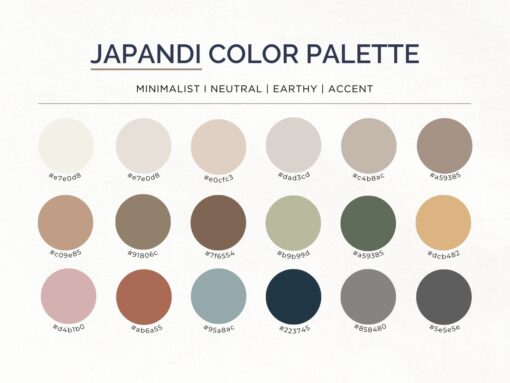
Image credit: global.fujioh.com
The rise in sustainable living has also played a role. Japandi leans into eco-conscious design — using natural fibres, recycled materials and quality over quantity.
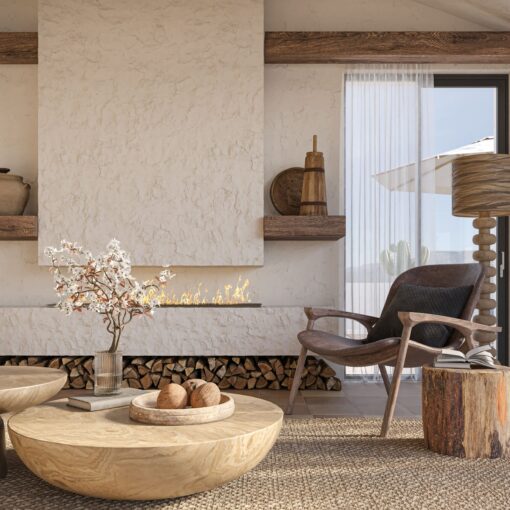
Image credit: annarosemann.com
How to Bring Japandi into Your Home
You don’t need a full renovation to try this trend. Small changes can go a long way.
Start with decluttering
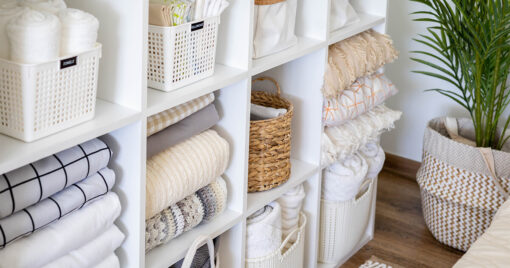
Image credit: edmontonrealestatepro.ca
Keep only the essentials and clear your surfaces.
Choose quality materials
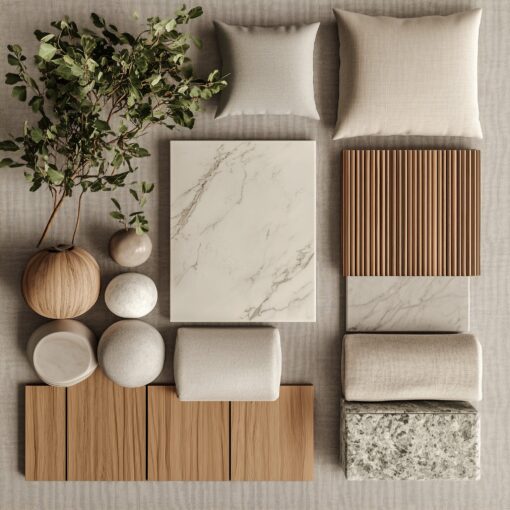
Image credit: global.fujioh.com
Invest in wood, linen, stone and ceramic.
Use a muted colour palette
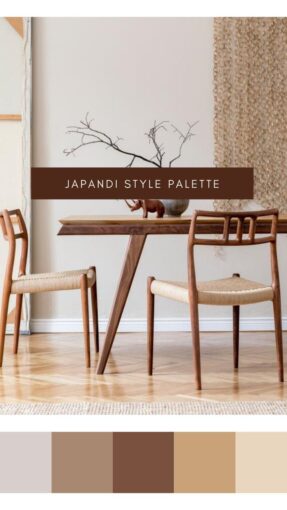
Image credit: Pinterest:@KunitsaHome
Stick to earthy tones like terracotta, sand and grey.
Add plants
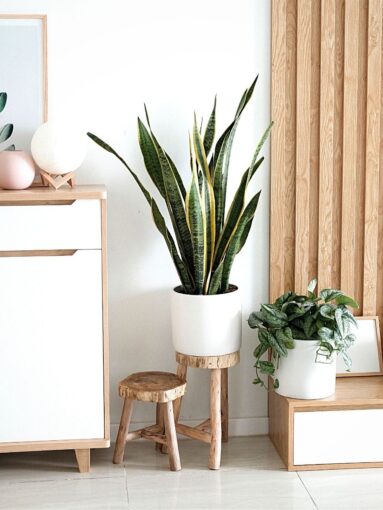
Image credit: thursd.com
Nature is central to Japandi, so bring in greenery with simple planters.
Focus on function

Image credit: houseploy.com
Every piece should serve a purpose and look good doing it.
Japandi in Every Room
Living Room
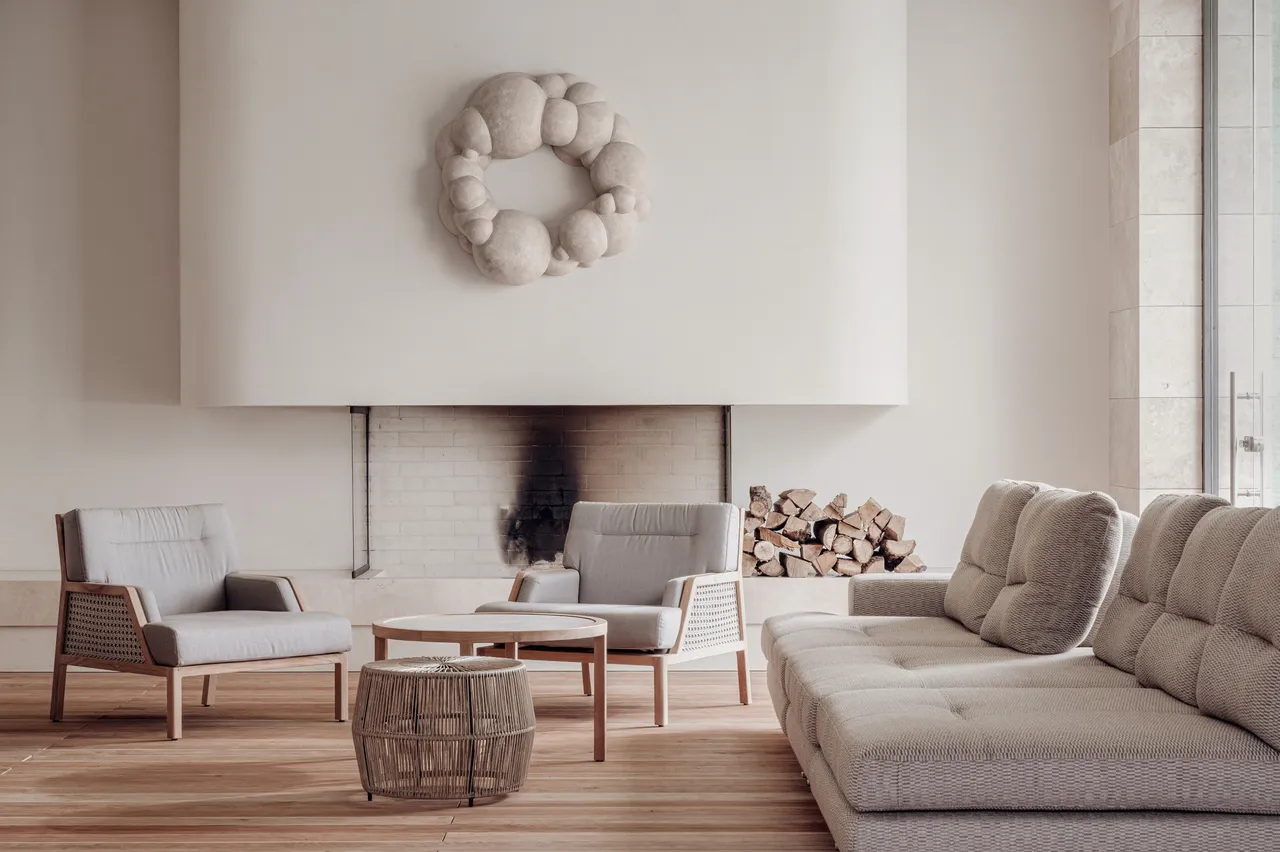
Image credit: livingetc.com
Go for low-profile furniture, woven textures and neutral cushions.
Bedroom
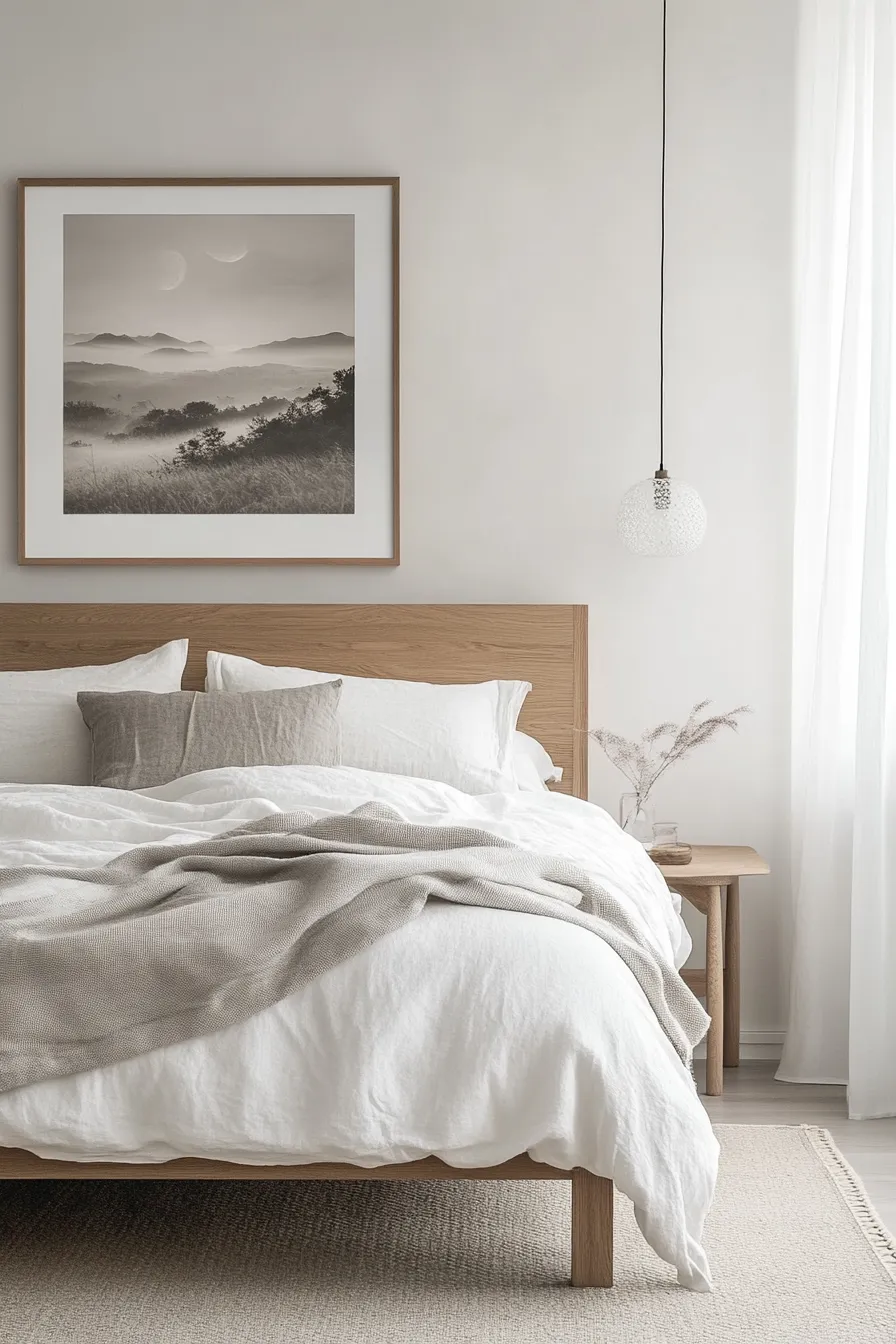
Image credit: edwardgeorgelondon.com
Keep it serene with soft lighting, crisp bedding and a calming palette.

Image credit: edwardgeorgelondon.com
Choose clean finishes, minimal décor and natural touches like wood or stone.
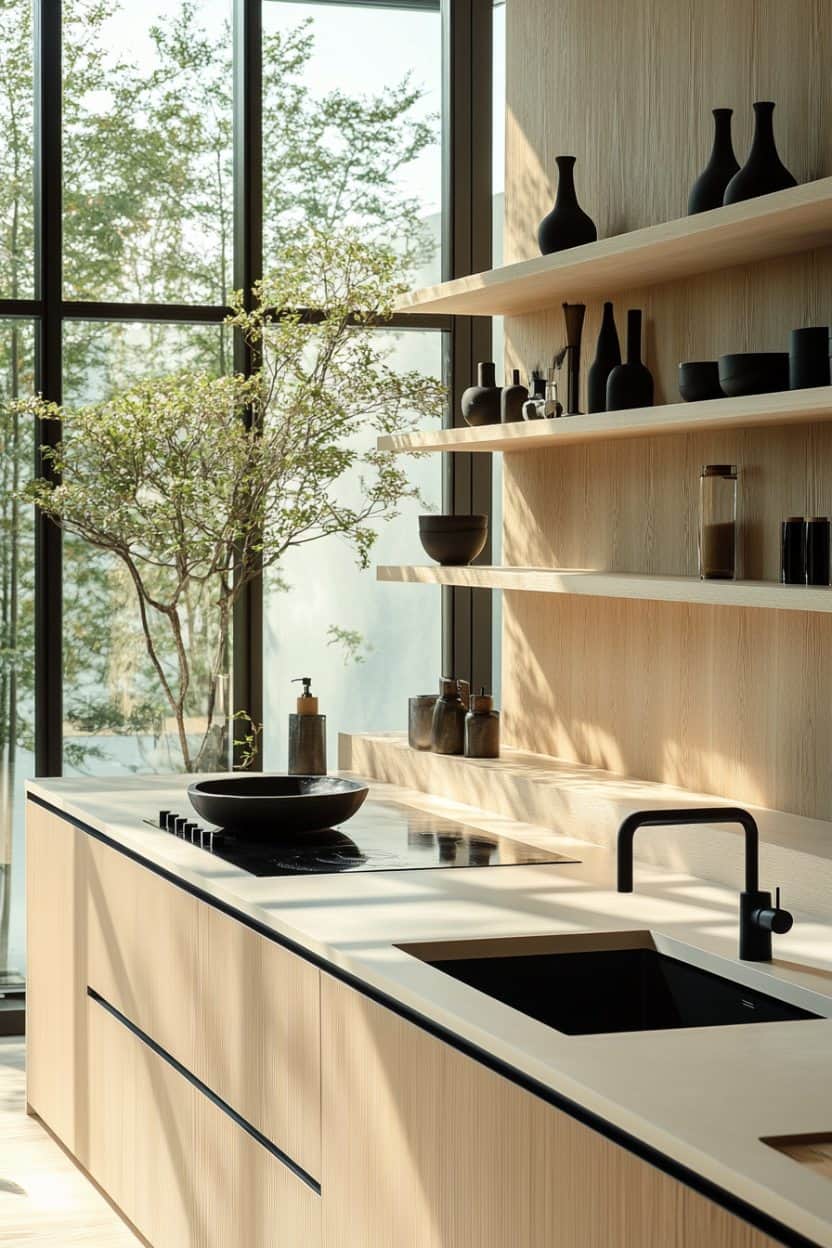
Image credit: hello-hayley.com
Pair sleek surfaces with warm wood cabinets and matte black fixtures.
Tiles and Japandi
Tiles are a great way to embrace the Japandi aesthetic. Think large format stone-look tiles for floors, soft textured wall tiles or handmade ceramic splashbacks. Matte finishes work best to avoid too much shine. You want the space to feel natural and calm, not glossy and loud. Wood-look vinyl, laminate or engineered wood flooring also fits perfectly with the Japandi style, offering the warmth of timber with added durability and easy maintenance — ideal for creating that serene, minimalist feel.
Japandi isn’t just a trend — it’s a lifestyle shift. It’s about stripping back the noise and embracing simplicity, comfort and mindfulness in the way we live. Whether you’re redesigning a single room or your entire home, Japandi offers a timeless and peaceful solution.
Looking for tiles or design elements that suit the Japandi style? Bring your moodboard or Pinterest inspo to our showroom and we’ll help you choose pieces that bring your vision to life. Browse our collection of Japandi-inspired pieces below to get started.
Browse our collection of Japandi-inspired pieces
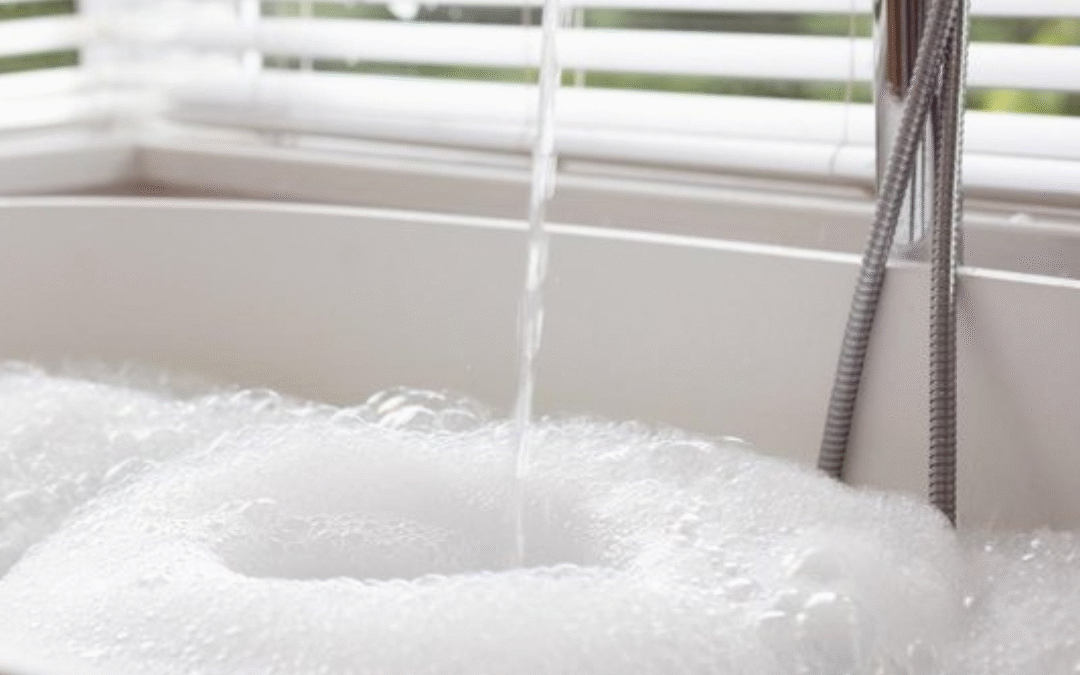
bathroom, blog, kitchen
Ever turned on a tap and wondered why the water dribbles out slowly or blasts out with unexpected force? The answer lies in water pressure — a crucial factor that affects everything from your morning shower to how efficiently your kitchen tap fills the kettle. Understanding water pressure helps you get the best performance from your taps and ensures your plumbing system runs smoothly.
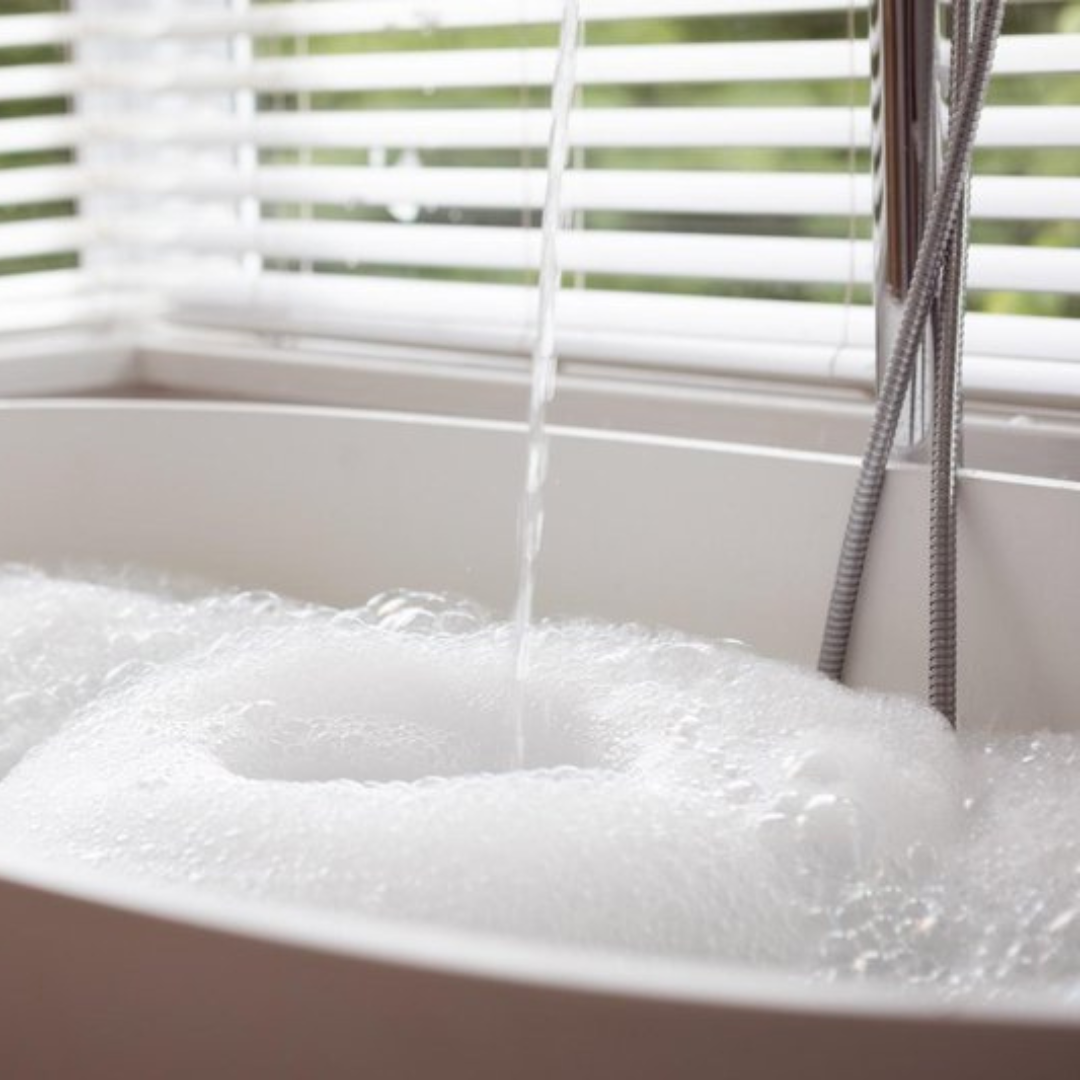
Table of Content:
What is Water Pressure?
Why Water Pressure Matters for Your Taps
Common Signs of Pressure Problems
Causes of Low or High Water Pressure
How to Check Your Water Pressure
Tips for Maintaining Optimal Tap Performance
Tap Performance and Water-Saving Features
Browse our range of Bathroom Taps
Browse our range of Kitchen Taps
What is Water Pressure?
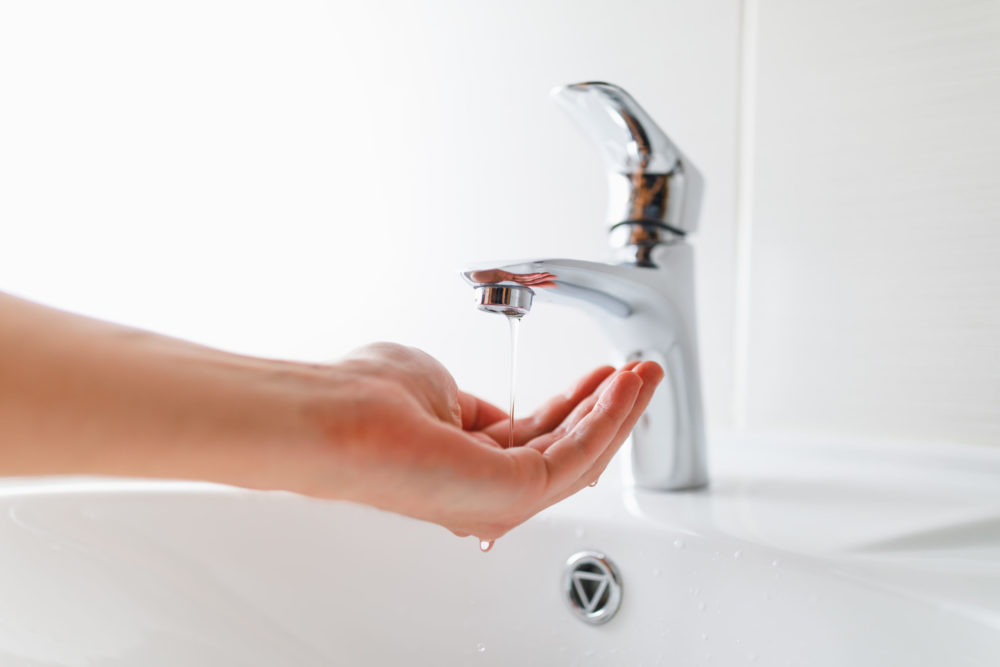
Water pressure is the force that pushes water through your pipes and out of your taps. It’s measured in bars, with one bar roughly equal to the pressure needed to raise water 10 metres. If your pressure is too low, your taps may trickle. If it’s too high, you could end up wasting water or even damaging fixtures.
Why Water Pressure Matters for Your Taps
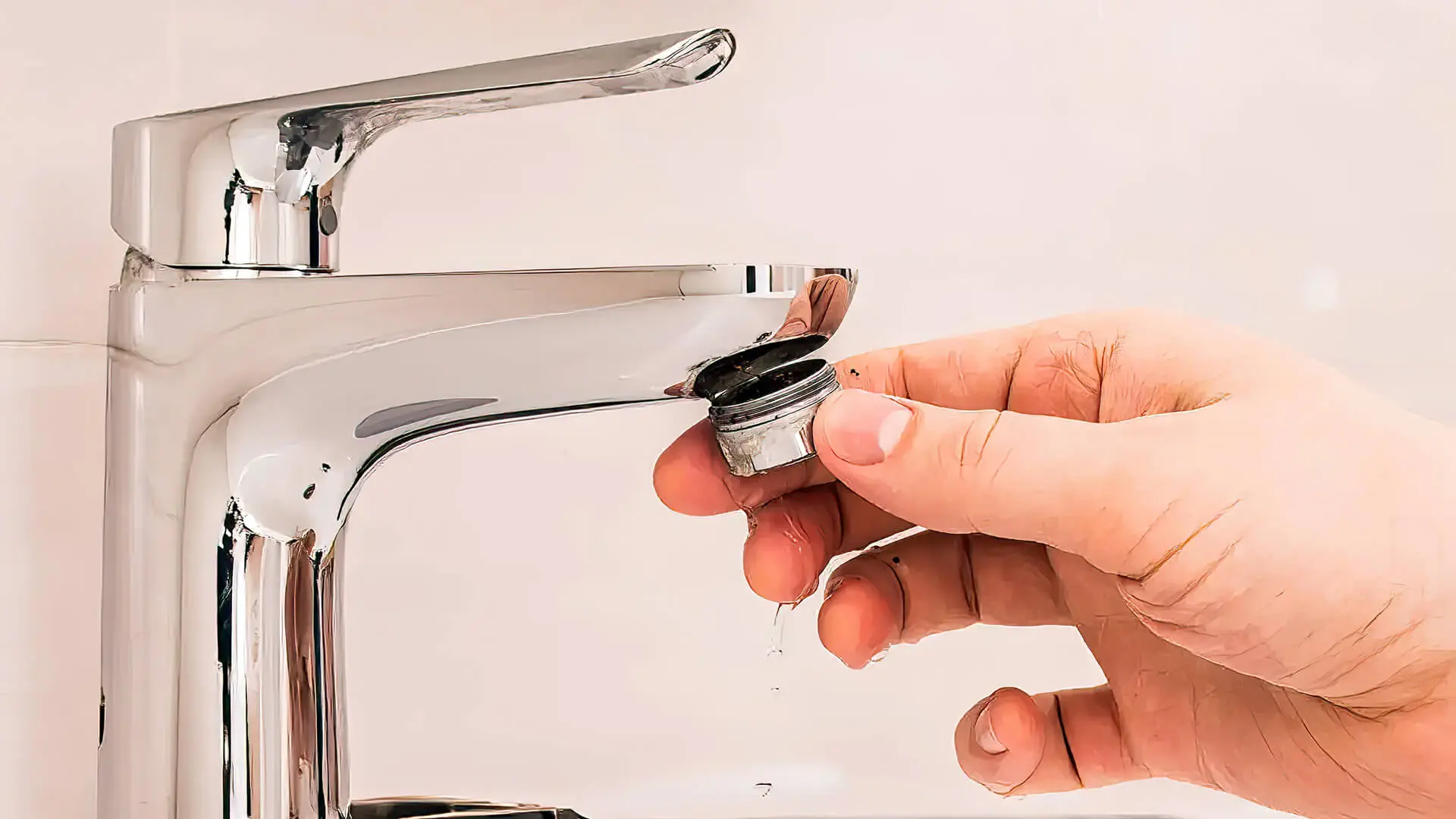
Your taps are designed to work best within a certain pressure range. Too little pressure and you’ll find washing dishes, rinsing vegetables or even brushing your teeth frustrating. Too much pressure can create splashing, noise and unnecessary strain on seals and valves.
Common Signs of Pressure Problems
Here’s what to look out for:
Low pressure
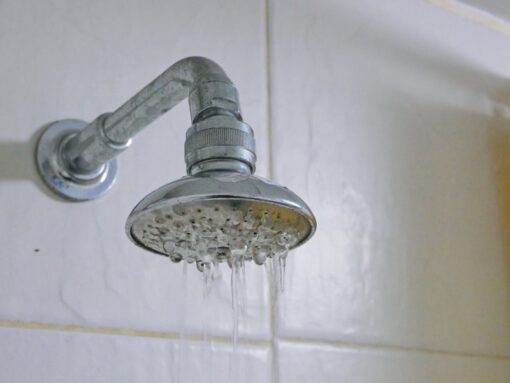
Slow flow, weak showers, inconsistent temperature.
High pressure
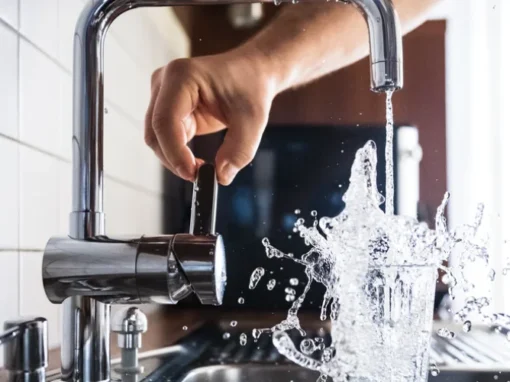
Noisy pipes, banging sounds (also known as water hammer), leaks from taps or fittings.
Spotting these issues early can save you time and money on repairs.
Causes of Low or High Water Pressure
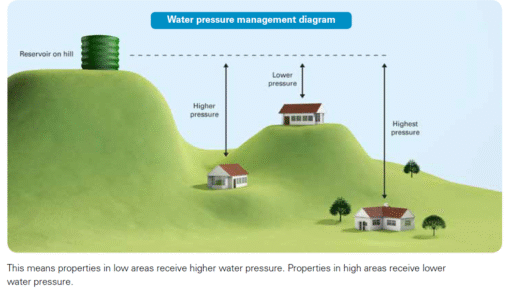
Image credit: ilanwater.com.au
Several factors affect your home’s water pressure:
Mains supply

The water company’s supply pressure can vary depending on your location and time of day
Pipework
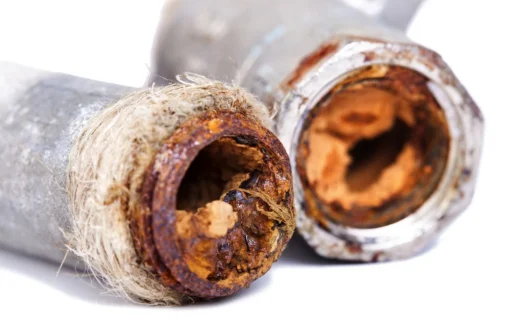
Narrow or corroded pipes can restrict flow
Leaks

Even small leaks reduce pressure throughout your system
Appliance demand
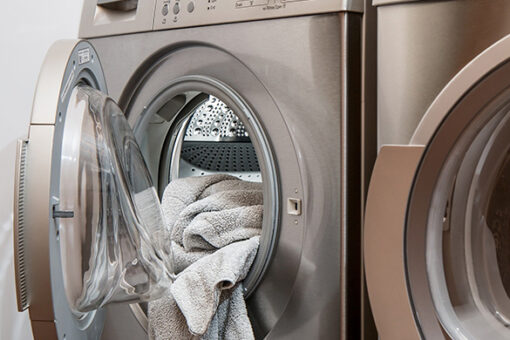
Running multiple taps or appliances at once lowers available pressure
How to Check Your Water Pressure
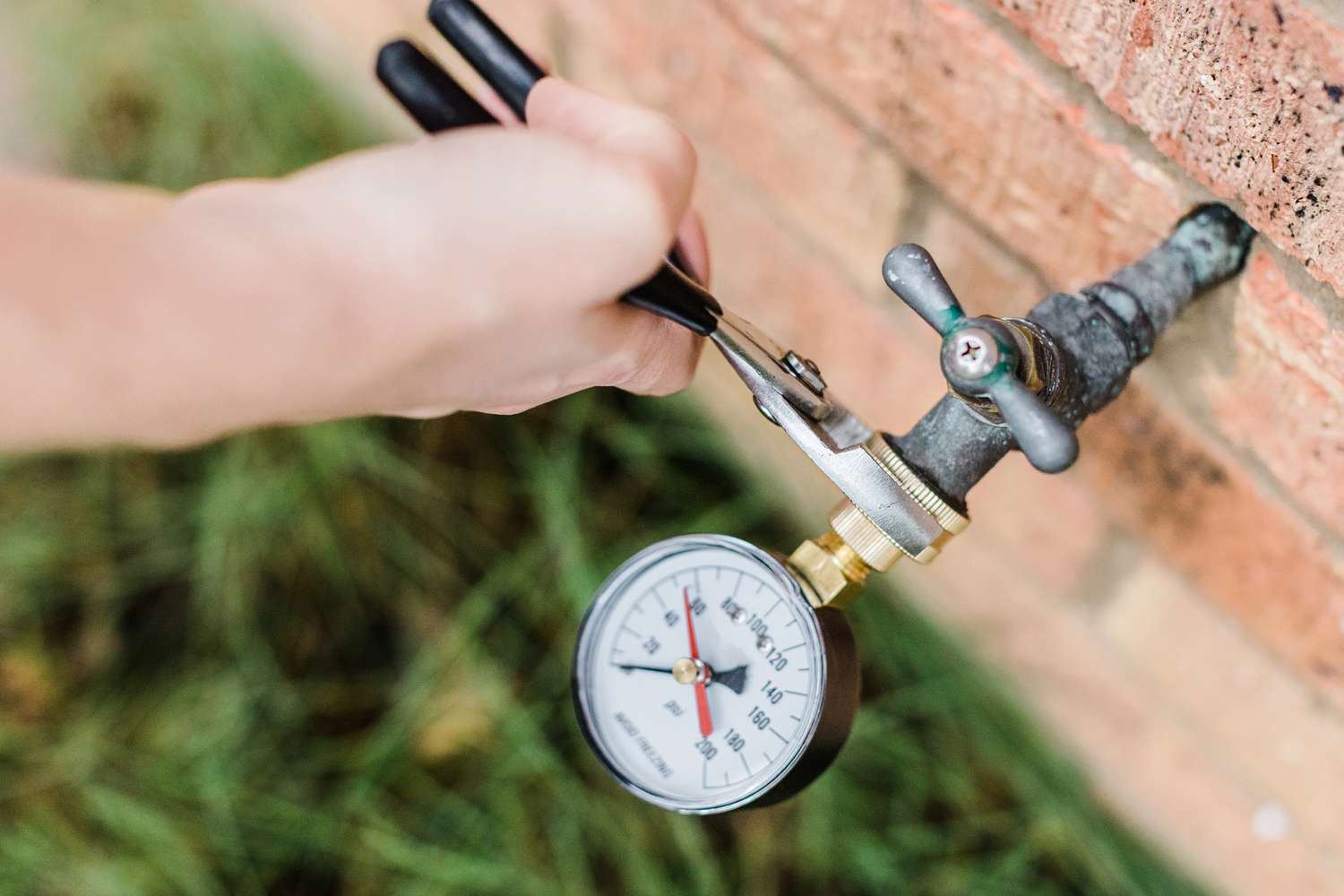
You can test your home’s water pressure using a simple pressure gauge. Attach it to an outdoor tap or washing machine outlet to get a reading. The ideal pressure for most homes is between 1 and 3 bars. If it’s too high or too low, it might be time to consult a plumber or install a pressure regulator.
Tips for Maintaining Optimal Tap Performance
Install pressure regulators

These help control overly high pressure
Clean aerators
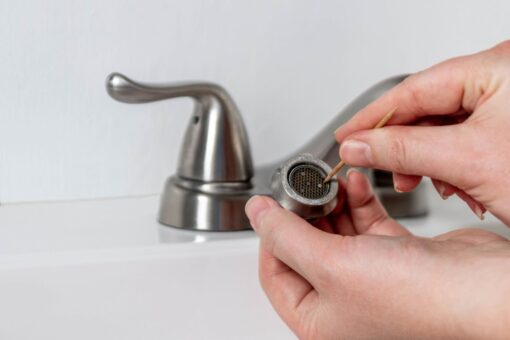
Mineral build-up can restrict flow from the tap head
Check for leaks
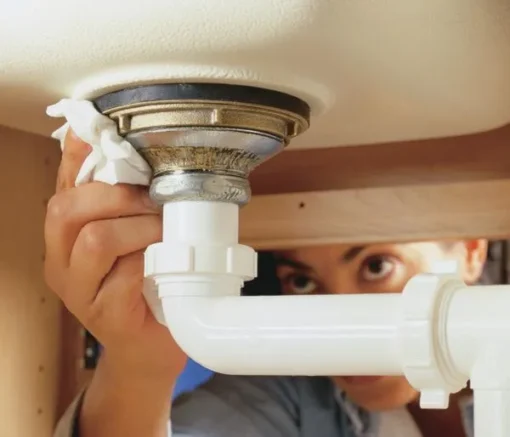
Regularly inspect taps and pipes for dripping or damp spots
Upgrade your tap
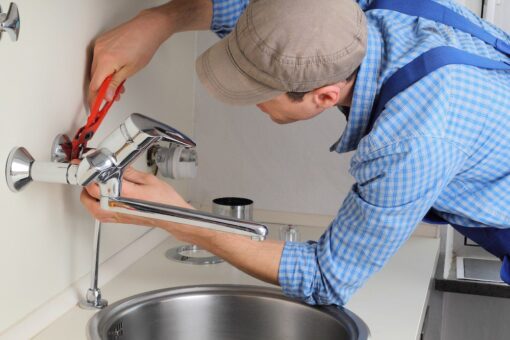
Modern taps are often more pressure-sensitive and efficient
Tap Performance and Water-Saving Features
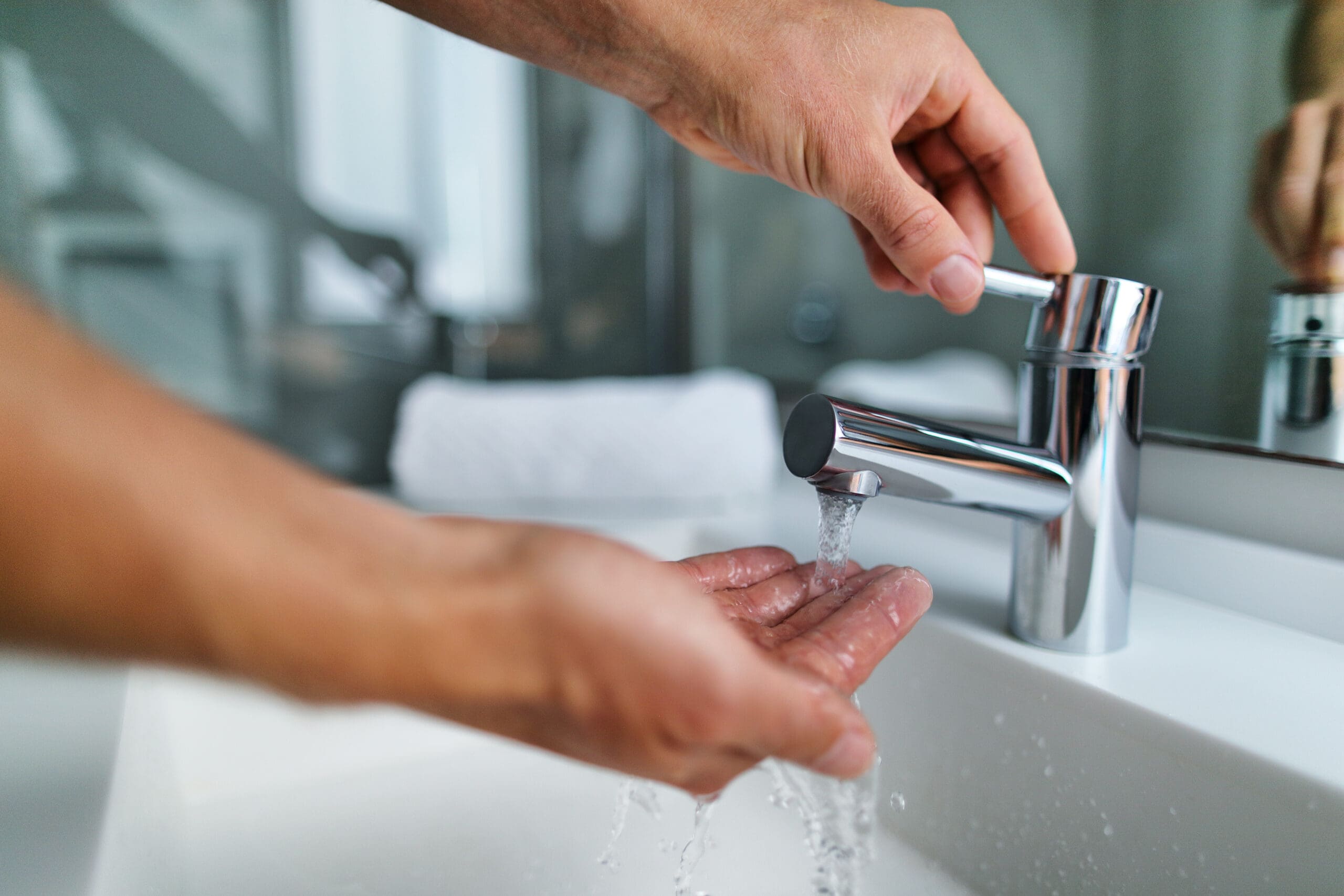
Many modern taps come with built-in flow restrictors or aerators designed to conserve water without sacrificing pressure. These features work best when your home’s water pressure is well-balanced.
Water pressure might seem like a technical detail, but it makes a big difference to how your taps perform. Whether you’re washing up, filling a bath or watering the garden, getting the pressure just right ensures everything runs smoothly.
Want taps that deliver top performance every time? Explore our range of quality taps at Tiletoria and find the perfect tap to suit your pressure needs.
Browse our range of Bathroom Taps
Browse our range of Kitchen Taps
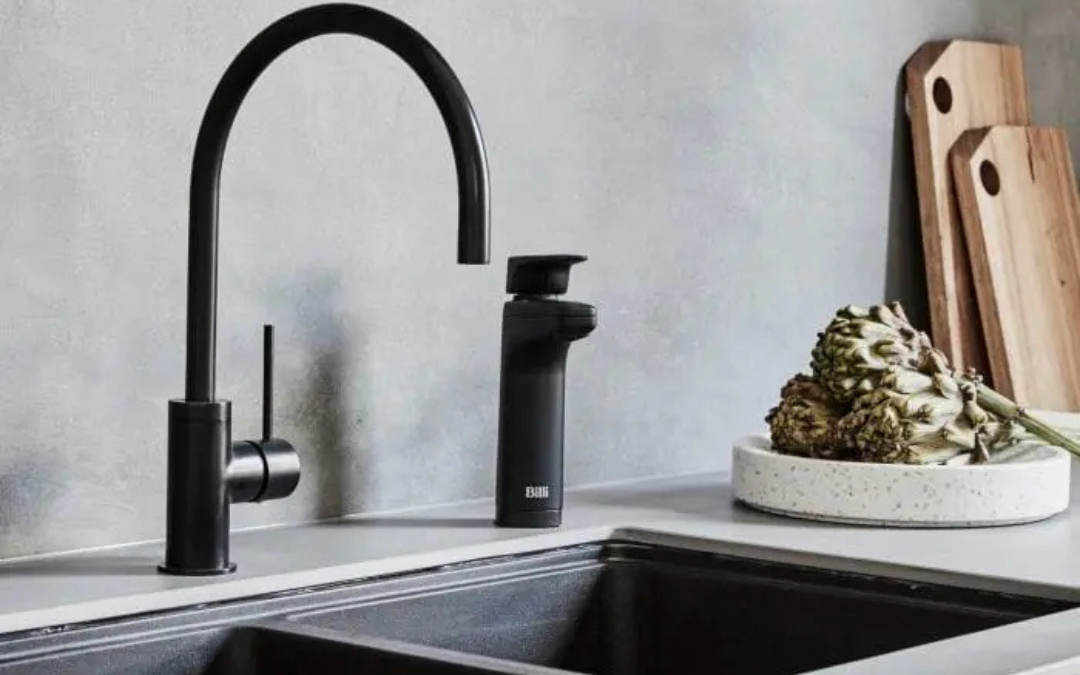
bathroom, blog, kitchen
When it comes to improving your home’s water quality, convenience, and sustainability, filtered taps are a game-changer. Instead of constantly buying bottled water or relying on bulky filtration jugs, a filtered tap gives you clean, great-tasting water straight from the source. But what makes filtered taps such a smart choice? Let’s dive into the benefits.

Table of Content:
Enjoy Cleaner, Healthier Water
Say Goodbye to Plastic Waste
Save Money in the Long Run
Better-Tasting Water for Cooking & Drinking
Easy & Convenient Filtration
Protects Your Appliances
Upgrade Your Shower Experience with a Filtered Shower Head
Enjoy Cleaner, Healthier Water

Why Filtered Taps Are a Game-Changer for Your Home – Benefits of filter taps: Enjoy Cleaner, Healthier Water
Unfiltered tap water can contain impurities like chlorine, heavy metals and microplastics. A filtered tap removes these contaminants, providing you with fresh, purified water every time you turn it on. This is especially important for families, as cleaner water can contribute to better overall health.
Say Goodbye to Plastic Waste

If you’re looking to reduce your environmental impact, switching to a filtered tap is a great step. Bottled water contributes to plastic pollution, with millions of bottles ending up in landfills every year. By using a filtered tap, you eliminate the need for single-use plastics while still enjoying high-quality drinking water.
Save Money in the Long Run
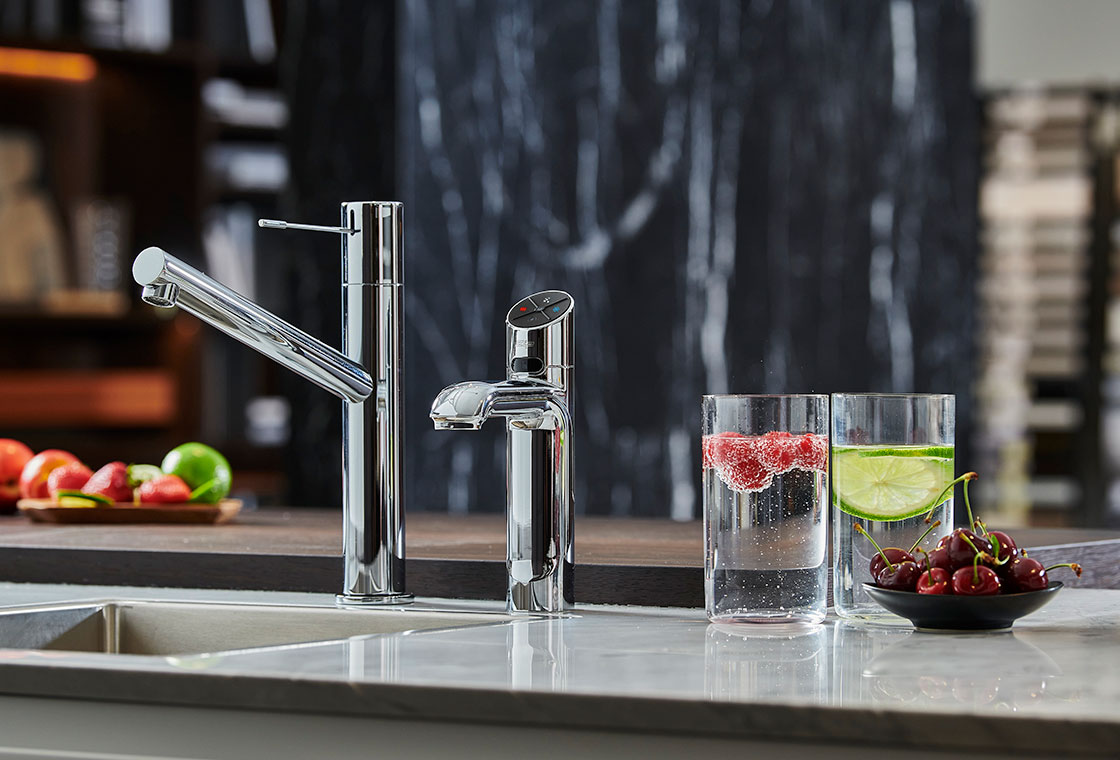
Bottled water isn’t just bad for the planet — it’s expensive! Investing in a filtered tap means you no longer have to spend money on bottled water or replacement filter jugs. Over time, this adds up to significant savings while still ensuring your water is safe to drink.
Better-Tasting Water for Cooking & Drinking
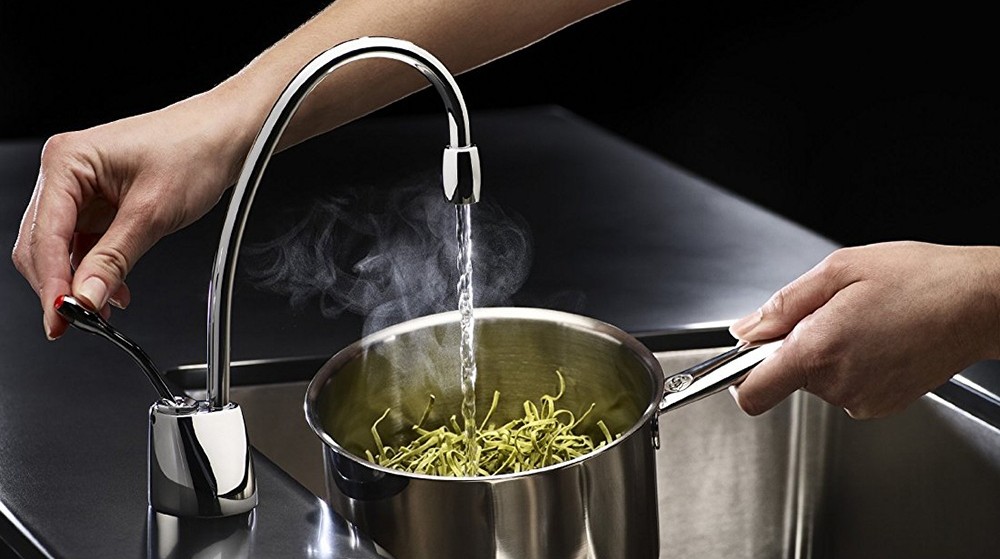
Filtered water isn’t just for drinking — it enhances the taste of your food and beverages. Whether you’re making tea, coffee, or cooking pasta purified water helps bring out the natural flavours of your ingredients. No more unwanted chlorine taste interfering with your morning brew!
Easy & Convenient Filtration

Unlike water filter jugs that need constant refilling, filtered taps provide an endless supply of clean water at the turn of a handle. Modern filtration systems are designed to be low-maintenance, with filters that last for months before needing a replacement. This means less hassle and more convenience for your household.
Protects Your Appliances
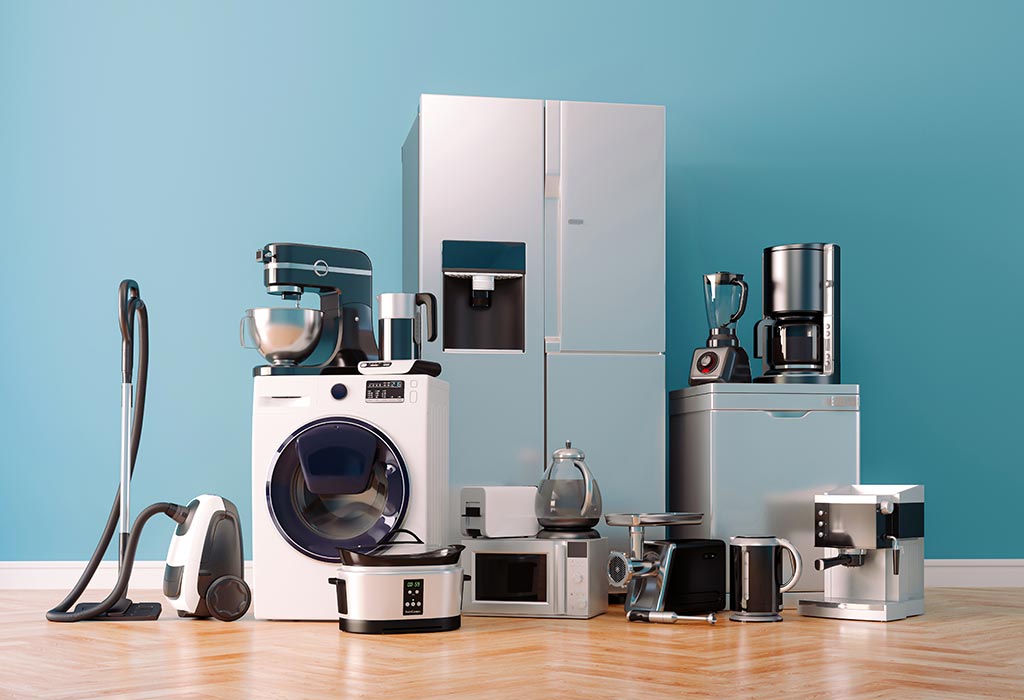
Filtered water can also extend the lifespan of your kitchen appliances. Hard water and impurities can lead to mineral buildup in kettles, coffee machines and dishwashers. A filtered tap reduces these issues, keeping your appliances running efficiently for longer.
Upgrade Your Shower Experience with a Filtered Shower Head
Filtered water isn’t just for drinking — it can also transform your shower experience. Hard water and chlorine can dry out your skin and hair, leading to irritation and dullness. A filtered shower head helps remove these harsh elements, leaving your skin feeling softer and your hair shinier. It’s an easy upgrade that can make a big difference in your daily routine, especially for those with sensitive skin or allergies.
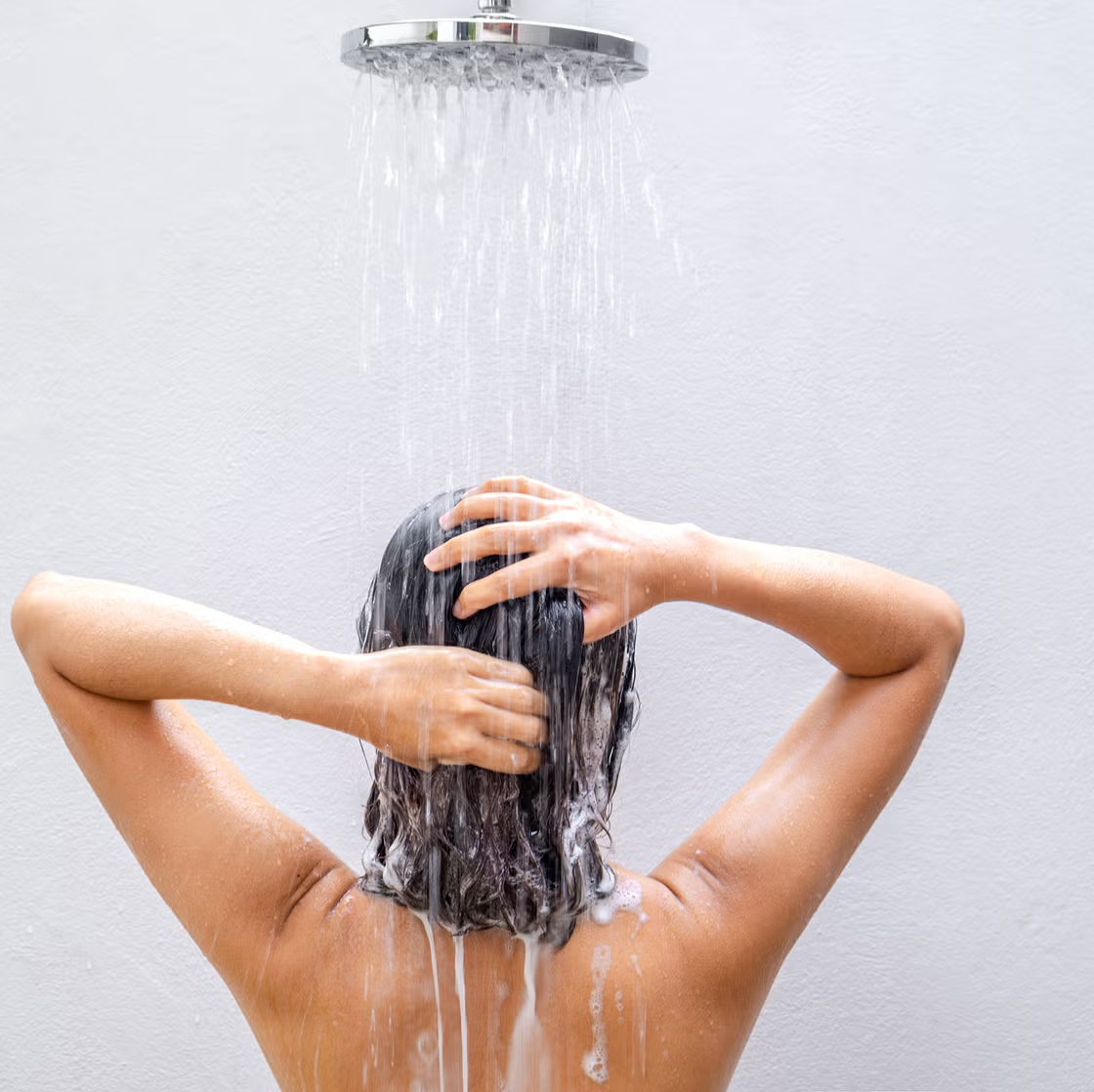
In addition to benefiting your skin and hair, a filtered shower head also helps protect your bathroom. Hard water deposits and mineral buildup can leave stubborn stains on tiles, glass shower doors, and fixtures. By filtering out these impurities, you can reduce limescale buildup, making cleaning easier and keeping your bathroom looking fresher for longer.
Filtered taps offer a simple yet powerful way to upgrade your home’s water quality. From improving taste and reducing plastic waste, to saving money and protecting your appliances, the benefits are clear.
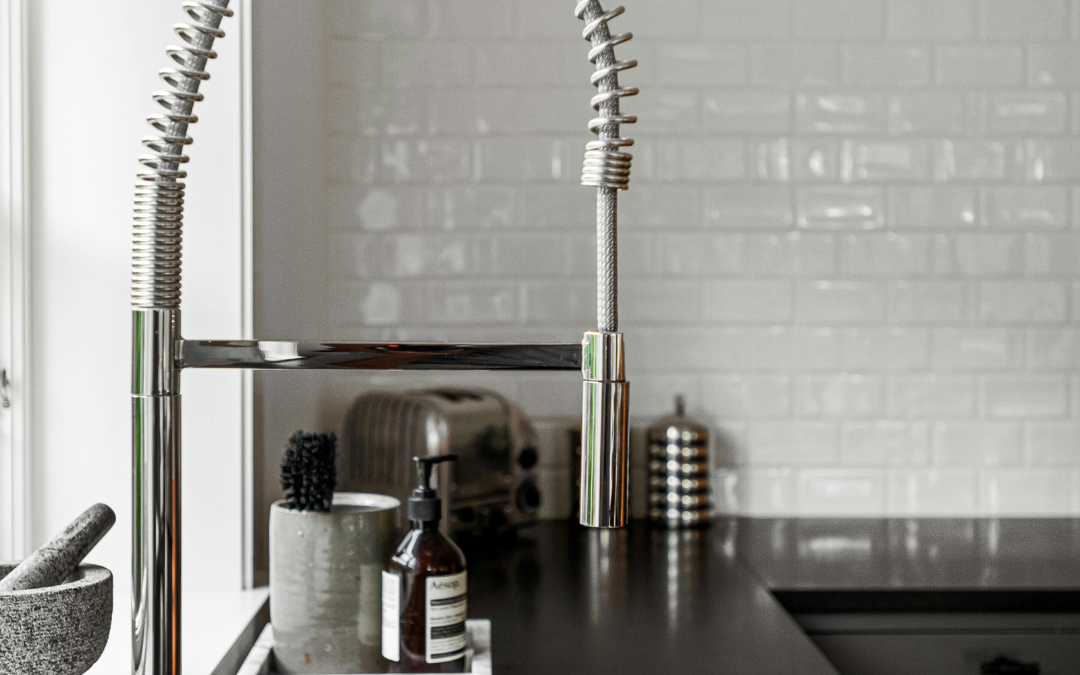
blog, kitchen
When choosing a new kitchen tap, you might come across two popular options: pull-out and pull-down taps. While they may seem similar, they have key differences that can impact your kitchen’s functionality and style. So, which one is the better choice for your home? Let’s break it down.
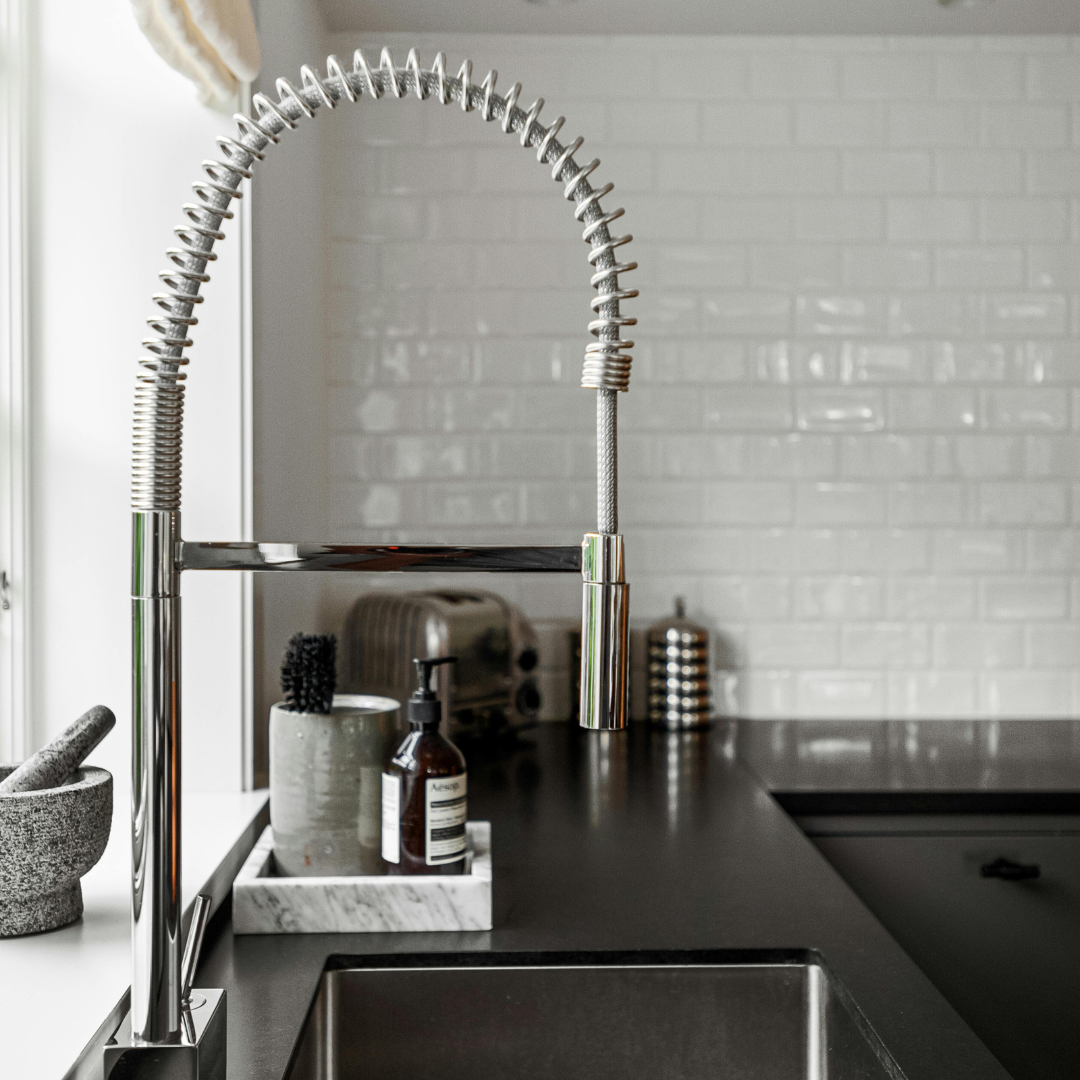
Table of Content:
What’s the Difference?
Benefits of Pull-Down Kitchen Taps
Potential Downsides of Pull-Down Kitchen Taps
Benefits of Pull-Out Kitchen Taps
Potential Downsides of Pull-Out Kitchen Taps
Which One Should You Choose?
Browse our range of Kitchen Taps
What’s the Difference?
Both pull-out and pull-down taps feature a spray head that extends from the spout, giving you greater flexibility in your kitchen. However, their designs and functions differ slightly.
Pull-Down Taps
Pull-Down Taps feature a high-arching spout with a spray head that pulls downward into the sink.
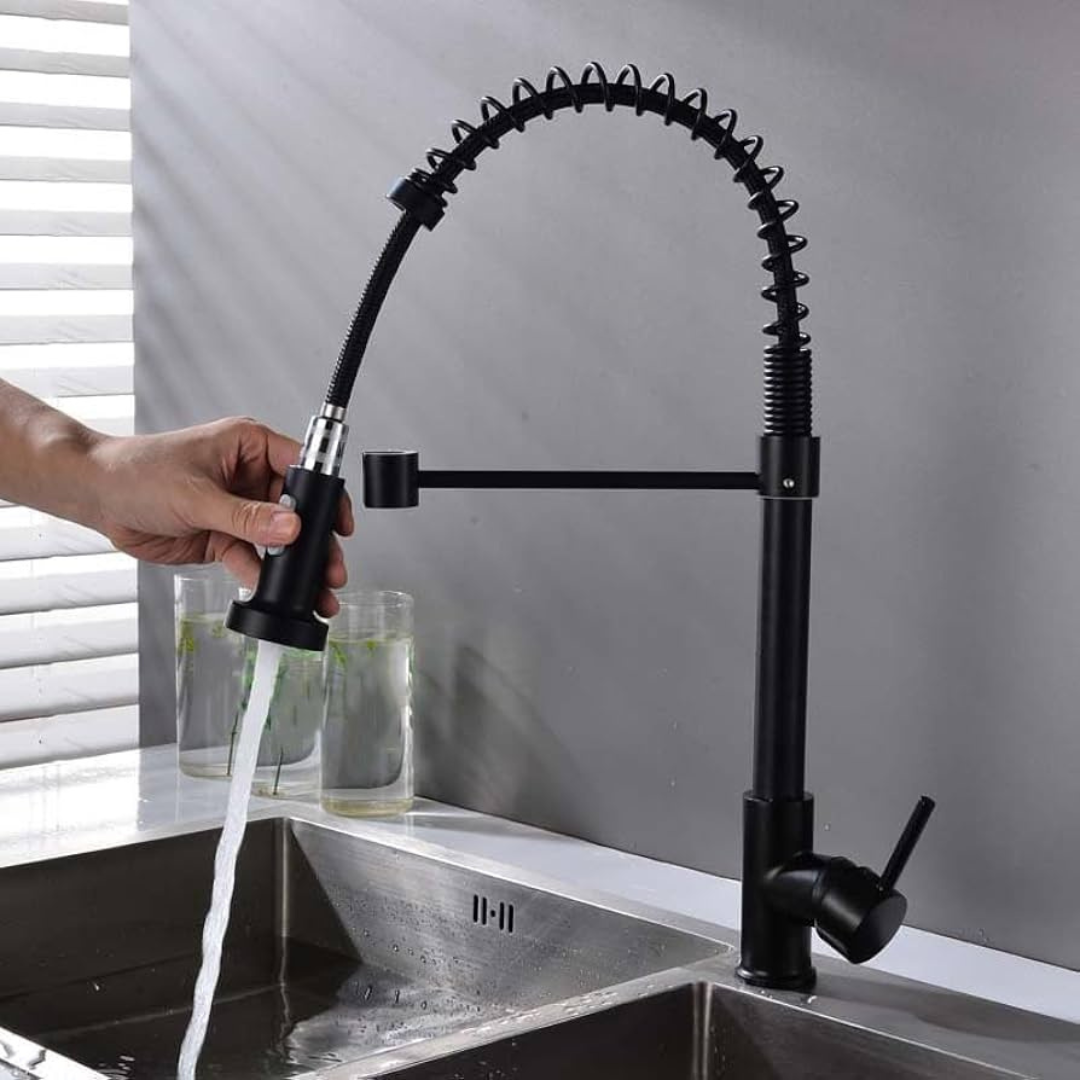
Pull-down taps have a spray head that remains docked in the tap body and extends downward into the sink when in use. This design provides excellent control and flexibility, making it especially useful for washing large dishes or deep pots.
Pull-down taps typically feature a single or dual handle to adjust water temperature and flow. The extended reach of the spray head, combined with a 360-degree swivel function, allows for precise rinsing and effortless filling of containers.
With a pull-down tap, you can easily fill tall jugs, clean oversized cookware and thoroughly rinse your sink. Their sleek, modern design also adds a stylish touch to any kitchen.
Pull-Out Taps
Pull-Out Taps have a shorter spout with a spray head that extends outward towards you.
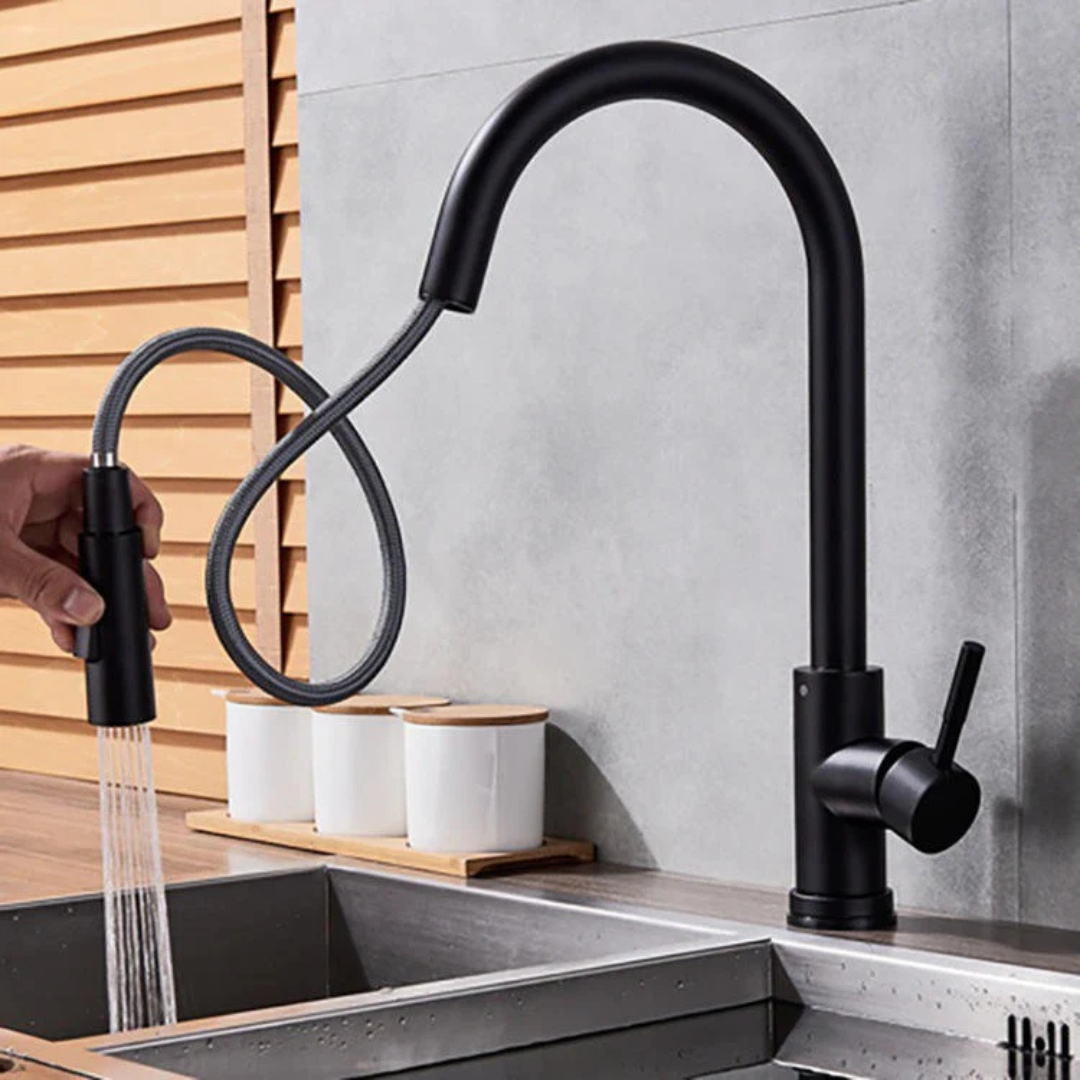
Pull-out taps feature a detachable spray head connected to a flexible hose, allowing for extended reach and enhanced maneuverability. These taps typically come with a single handle to control both water temperature and flow.
A major benefit of pull-out taps is their adaptability. The extendable hose makes it easy to clean every part of the sink, rinse dishes, wash produce, and fill large pots effortlessly.
Many pull-out taps also include multiple spray settings, such as a gentle aerated stream or a more powerful spray, making them suitable for various kitchen tasks. Their compact design makes them a great choice for smaller kitchens or sinks where space is limited, ensuring functionality without taking up unnecessary room.
Benefits of Pull-Down Kitchen Taps
Perfect for Deep Sinks
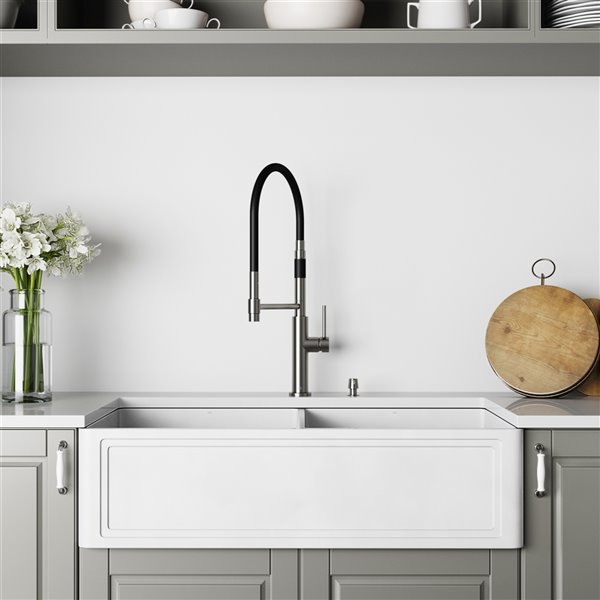
If you have a large, deep sink, a pull-down tap makes it easy to rinse dishes, fill pots and clean every corner.
Ergonomic Design
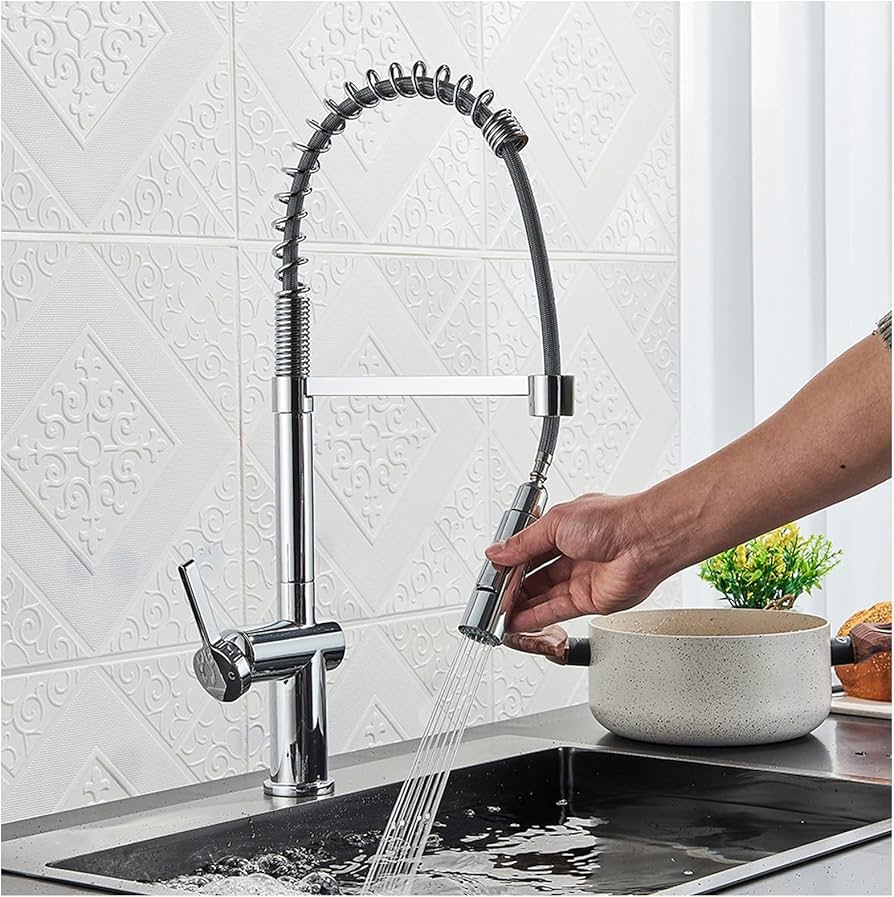
With a high-arched spout, pull-down taps allow for a more natural hand movement, reducing strain when using the spray function.
Modern & Stylish
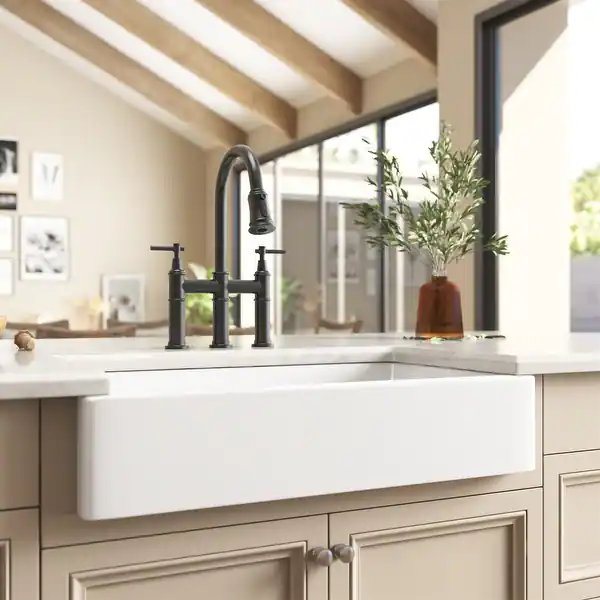
Pull-down taps often have a sleek, contemporary look that enhances modern kitchens.
Installation Requirements
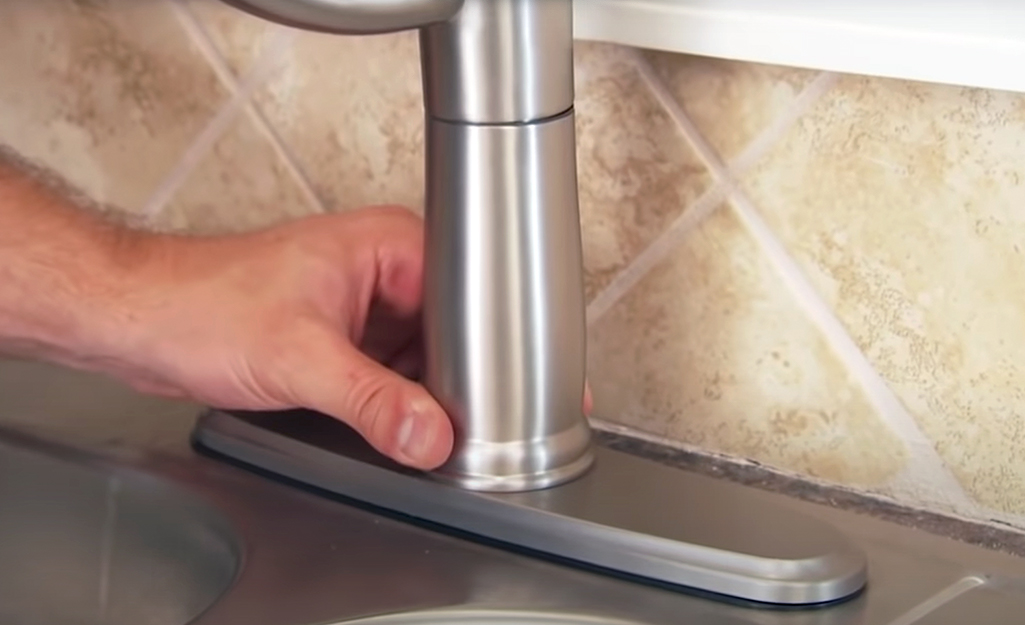
Pull down faucets require a single-hole installation, simplifying the process.
Potential Downsides of Pull-Down Kitchen Taps
Requires More Overhead Space
Pull-down kitchen taps typically have a high-arched spout, which means they need adequate clearance above the sink. If your kitchen has low-hanging cabinets or shelving, a pull-down tap might not fit comfortably or could feel cramped. In smaller kitchens, this can also create a cluttered look, making the space feel more crowded. Before choosing a pull-down tap, it’s important to measure the distance between your sink and any overhead obstacles to ensure a proper fit.
Not Ideal for Smaller Sinks
While pull-down taps offer excellent reach and flexibility, they are best suited for larger, deeper sinks. If you have a compact or shallow sink, using a pull-down tap could lead to excessive splashing, as the spray head is designed for deeper water flow. The high-arched design may also feel oversized in a small sink area, making it harder to control water direction. For smaller kitchens, a pull-out tap might be a more practical option, as it offers similar functionality without taking up as much space.
Benefits of Pull-Out Kitchen Taps
Great for Small Kitchens

If you have a compact kitchen or a shallow sink, a pull-out tap is a space-saving solution that still offers flexibility.
More Reach & Flexibility
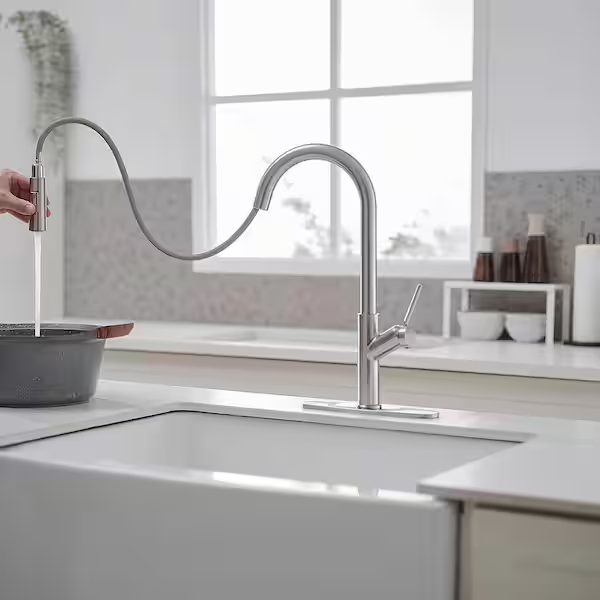
Since the spray head pulls outward, it’s easier to direct water where you need it — perfect for filling pots on the counter or watering nearby plants.
Less Splashing

The lower profile helps reduce splashing, making it a great choice for busy kitchens.
Potential Downsides of Pull-Out Kitchen Taps
Less Sleek
Pull-out kitchen taps prioritise functionality and practicality, but they often lack the high-arching, modern look of pull-down taps. Their compact design can appear more utilitarian, which may not suit homeowners looking for a sleek, contemporary aesthetic. While some pull-out taps come in stylish finishes, their lower profile may not make as much of a statement in a modern kitchen. If visual appeal is a top priority, a pull-down tap might better complement a sophisticated kitchen design.
Shorter Spout
Since pull-out taps have a lower spout, they may not be as convenient for deep sinks. If you regularly wash large pots, tall pitchers, or bulky cookware, the shorter reach might require more effort to manoeuvre items under the tap. Unlike pull-down taps, which extend downward into the sink, a pull-out tap’s spray head extends outward, which may not provide the same level of control when directing water flow. If you have a deep sink and frequently handle oversized dishes, a pull-down tap may offer better usability.
Installation Requirements
Pull-out faucets often require an additional hole in the sink or countertop for the sprayer.
Which One Should You Choose?
The best kitchen tap for you depends on your kitchen layout, daily tasks, and design preference.
Opt for a Pull-Down Tap if:
- You have a large sink that can accommodate a tall spout.
- You prefer a modern, high-arched design.
- You want an ergonomic option for regular rinsing and washing.
Opt for a Pull-Out Tap if:
- You have limited space or a small sink.
- You need a versatile option that can be directed outside the sink.
- You want to reduce splashing in your kitchen.
Both styles offer convenience, functionality, and a sleek finish to your kitchen. It all comes down to how you use your tap daily and which design works best for your space.
Looking for the perfect kitchen tap? Browse our wide range of high-quality pull-out and pull-down taps at Tiletoria!
Browse our range of Kitchen Taps
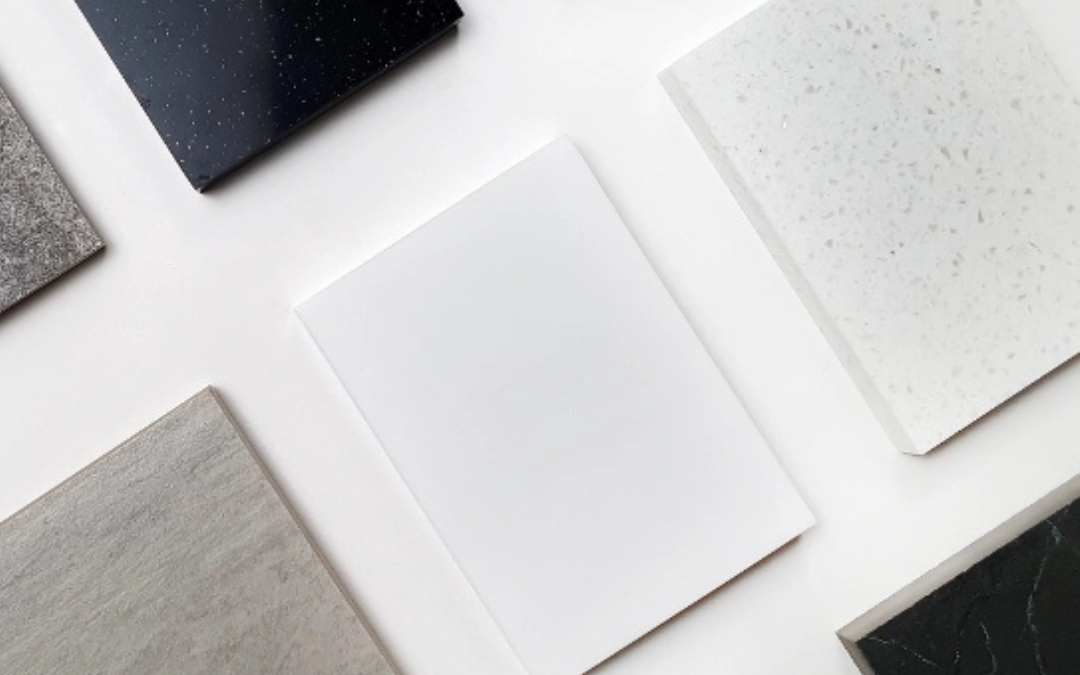
bathroom, blog, floors, kitchen, outdoor, walls
Tiles are a crucial element in any space, offering both functionality and aesthetics. Whether you’re renovating a kitchen, bathroom or an entire home, selecting the right tiles can significantly impact the overall look and durability of your space. Here are the key factors to consider before making your purchase.
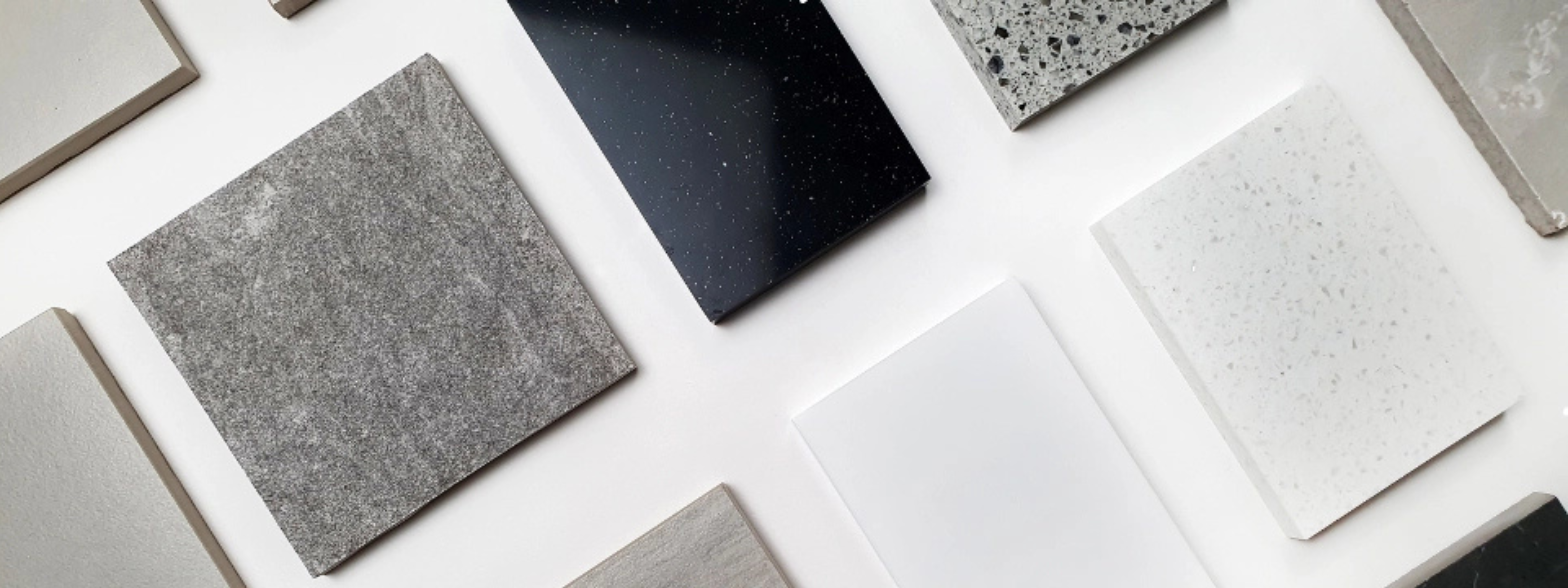
Table of Content:
Tile Material:
Ceramic
Porcelain
Natural Stone
Glass
Vinyl & Laminate
Location & Purpose:
Floors
Walls
Bathrooms & Kitchens
Outdoor Areas
Tile Size
Large-format tiles
Small tiles
Subway tiles
Finish:
Glossy Tiles
Matte Tiles
Textured Tiles
Colour & Pattern:
Light-coloured tiles
Darker shades
Patterned tiles
Neutral tones
Tile Grading & Durability:
Grade 1
Grade 2
Grade 3 & Above
Slip Resistance
Budget & Maintenance Cost
Installation & Tile Layout
Availability & Lead Time
Final Thoughts: Choose Wisely for Long-Term Satisfaction
Tile Material: Finding the Right Fit
Tiles come in various materials, each with its own advantages and ideal applications:
Durable and budget-friendly, perfect for walls and light-traffic areas.
Dense, water-resistant, and ideal for high-traffic areas and outdoor spaces.
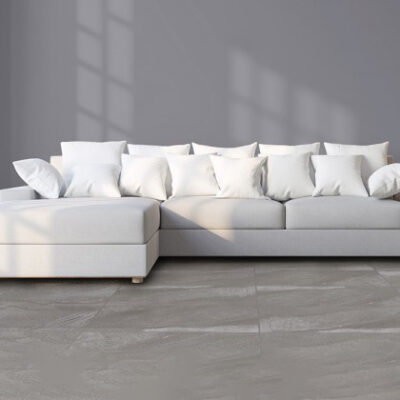
Ceramic vs. Porcelain Floors – whats the difference? Find out here.
Natural Stone
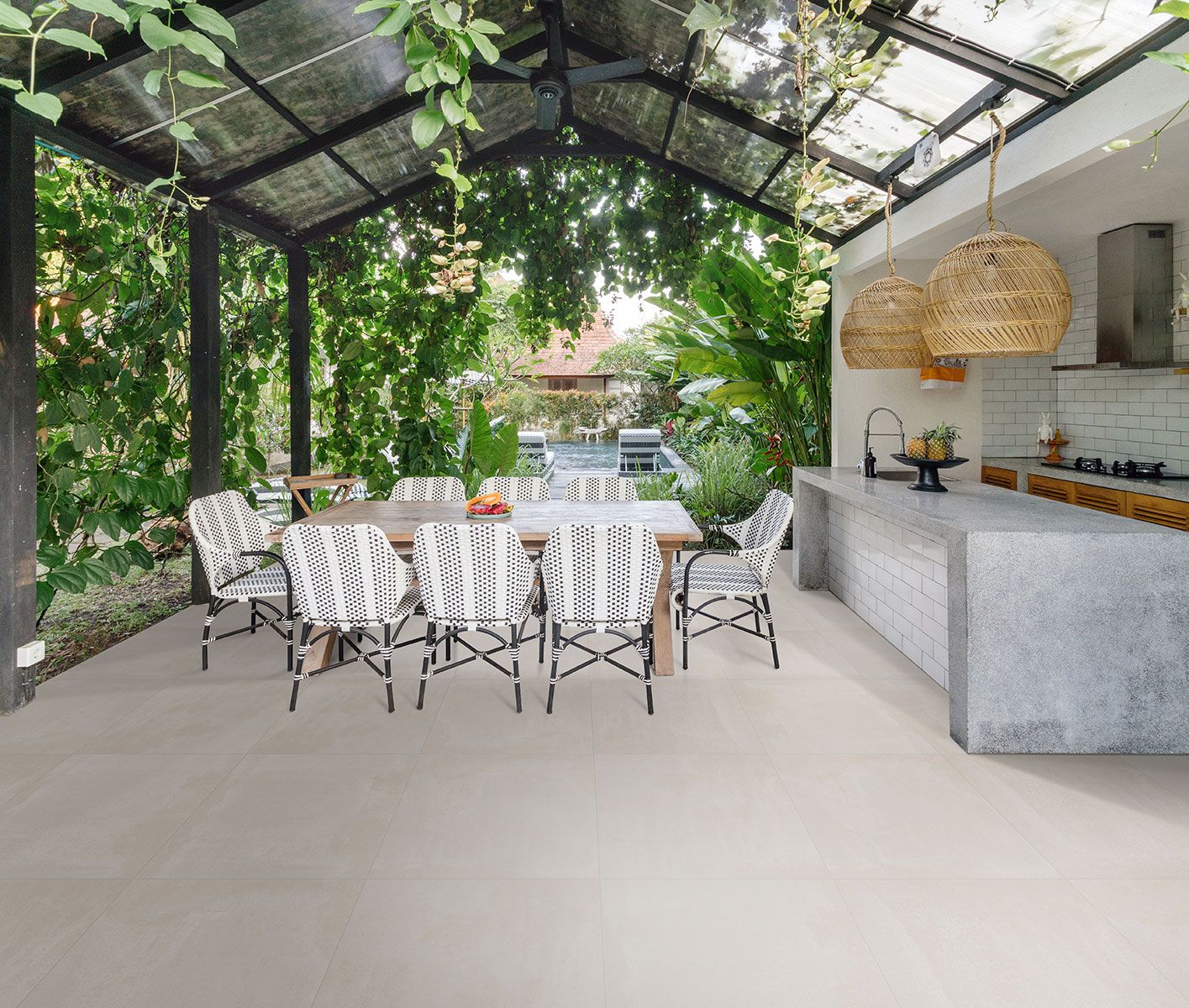
concreta white matt 600 x 600 mm
Offers a unique, organic look but requires regular sealing.
Glass
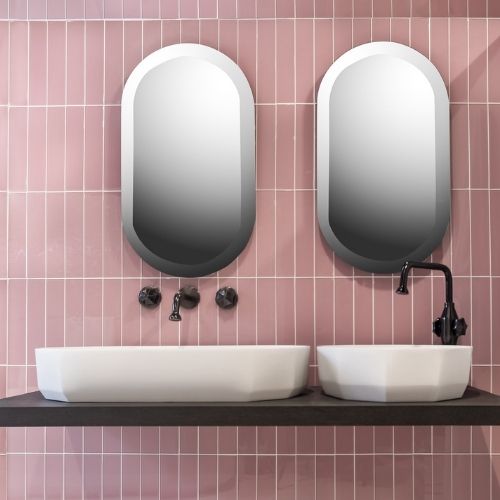
Great for decorative splashbacks but not ideal for high-impact areas.
Cost-effective and easy to install, suitable for various applications.
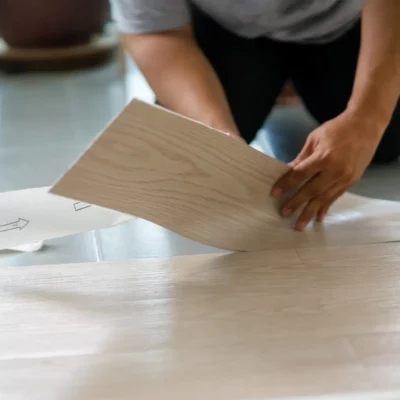
Read our blog on Vinyl vs. Laminate Flooring to determine the right choice for your home.
Location & Purpose
Where Will It Be Installed? Different areas require different types of tiles:
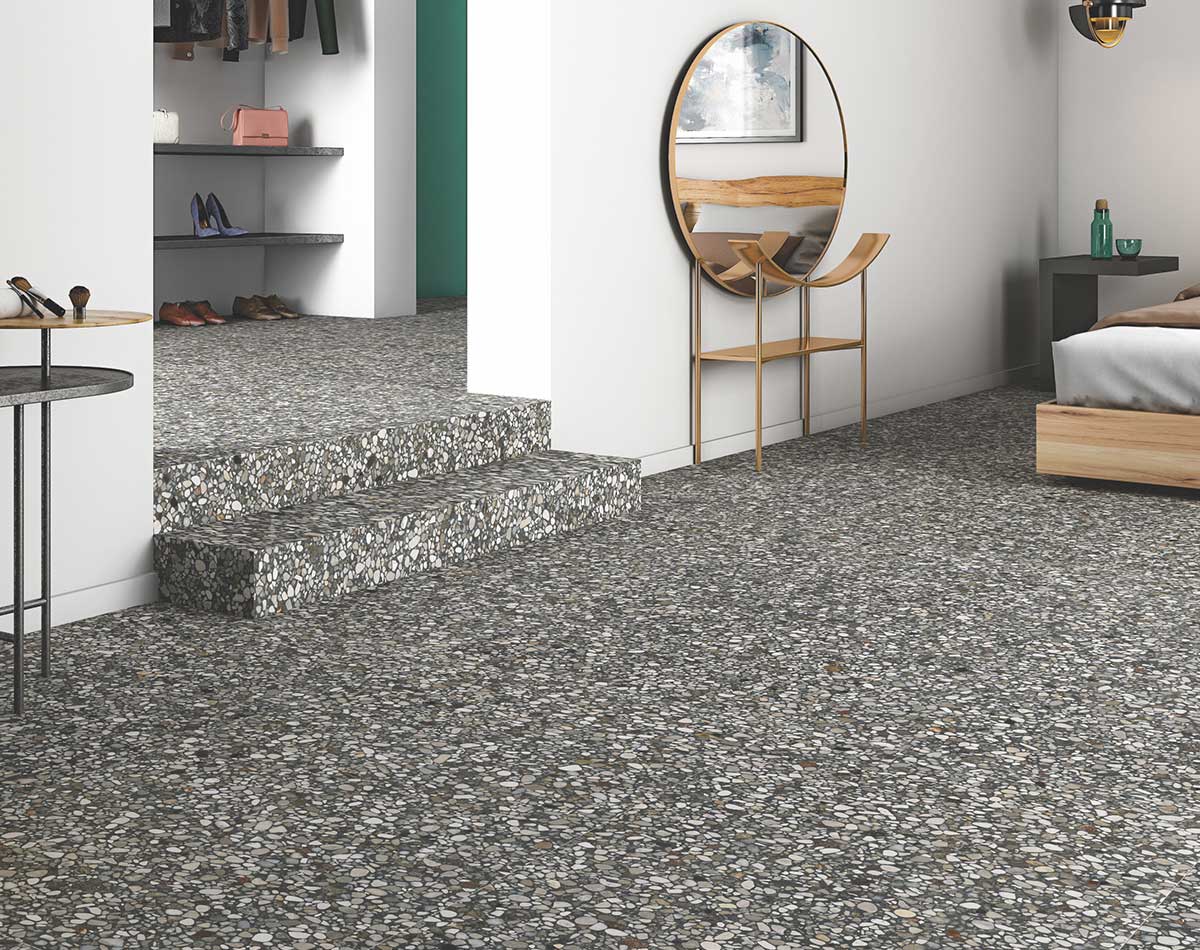
terrazzo mystery matt 600 x 1200 mm
Opt for slip-resistant, durable tiles with a high PEI (Porcelain Enamel Institute) rating.
Lighter tiles are easier to install and maintain.
Choose water-resistant tiles like porcelain or glass.
Slip-resistant, textured tiles prevent slipping and can withstand harsh weather.
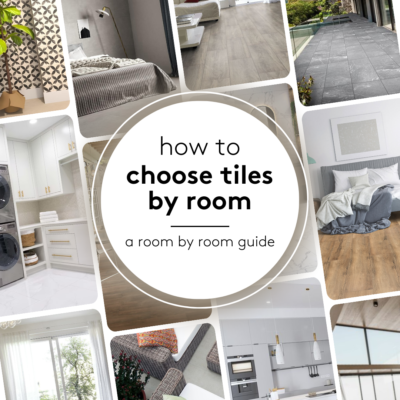
So, you’ve decided that tiling is the perfect option for your latest project, but how do you decide which tiles are best suited for each room of your home? Read our blog on How to Choose Tiles by Room for a room-by-room guide.
Tile Size
Small or Large Format? The size of your tiles can influence the perception of space:
Large-format tiles
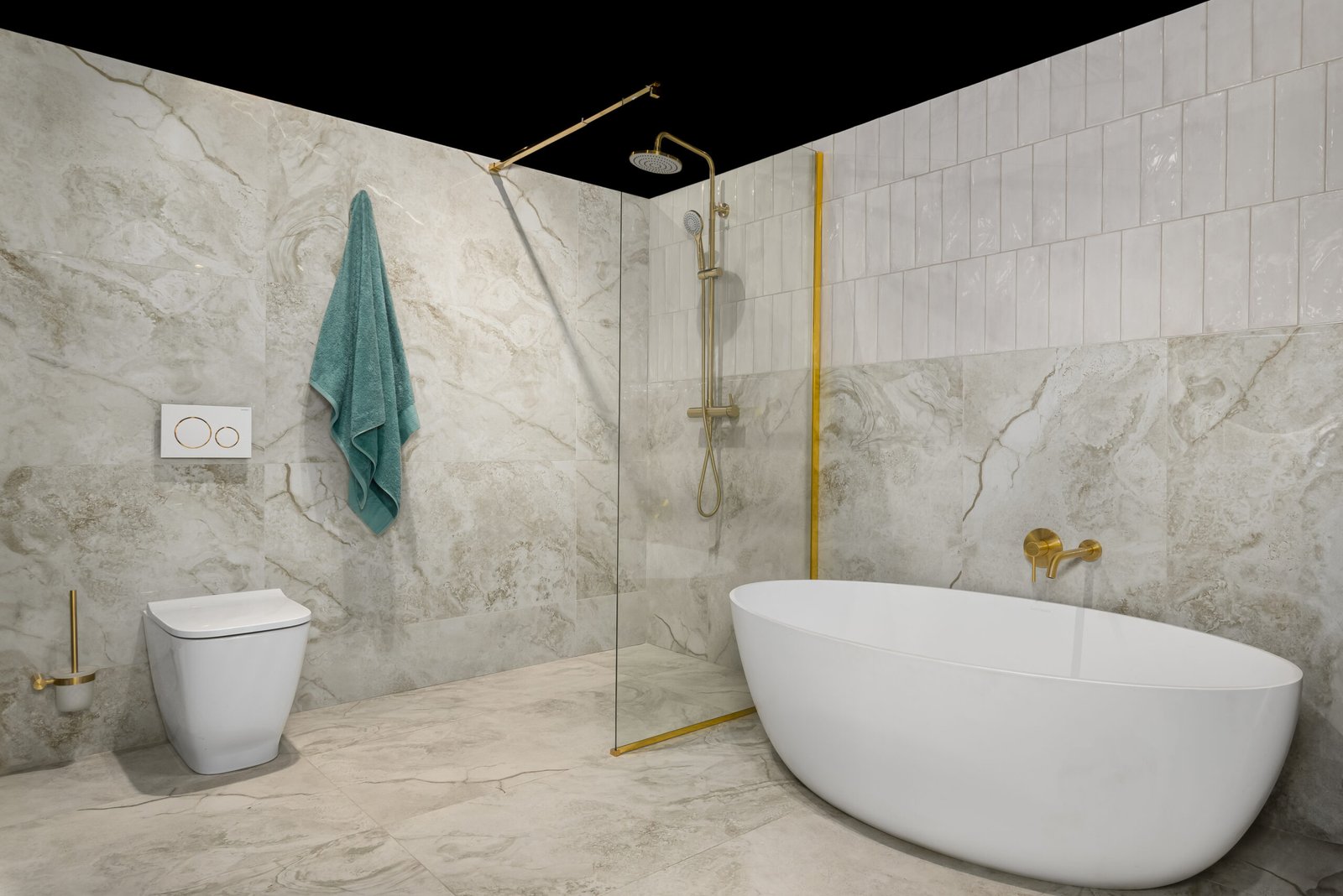
Large-format tiles create a seamless, modern look and reduce grout lines.
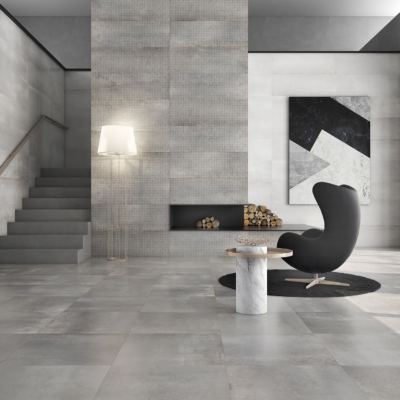
The Pros and Cons of Using Large Format Tiles for your home.
Small tiles

Small tiles are great for intricate designs and detailed areas like splashbacks.
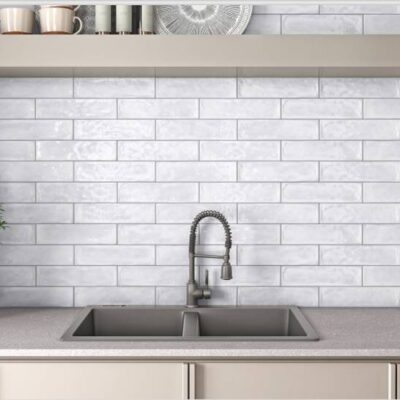
Explore how to choose the perfect tiles for your splashback here.
Subway tiles remain a timeless choice for walls and feature areas.
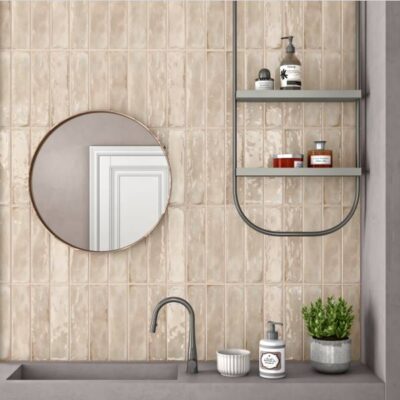
Subway Tiles: A Timeless Trend, find out why subway tiles are worth considering.
Finish
Glossy, Matte or Textured? The finish of a tile affects both aesthetics and practicality:
Glossy Tiles
Glossy Tiles reflect light, making spaces appear larger but can be slippery.
Matte Tiles
Matte Tiles offer a subtle, sophisticated look and are slip-resistant.
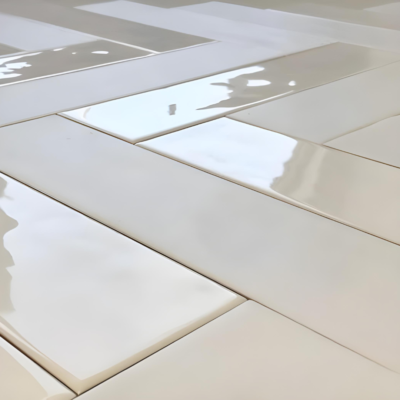
Gloss vs. Matte tiles: What’s the difference? – find out here.
Textured Tiles
Textured Tiles are ideal for wet areas to prevent slipping and add depth to designs.
Colour & Pattern: Setting the Tone
Choosing the right colour and pattern enhances your space:
Light-coloured tiles
Light-coloured tiles create an airy, spacious feel.
Darker shades
Darker shades add warmth and sophistication.
Patterned tiles
Patterned tiles or decor tiles add character and work well as accents.
Neutral tones
Neutral tones offer versatility and longevity in design.
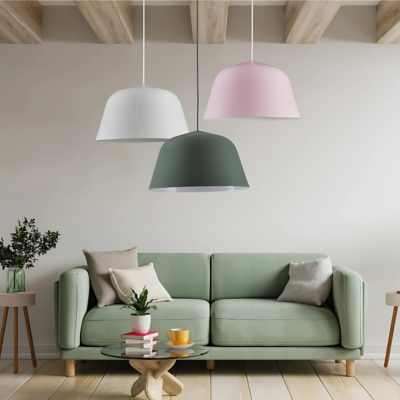
Colour has the power to completely transform a space, influencing both its appearance and atmosphere. Discover how your colour selection can impact your mood, how to choose the perfect palette, and how to enhance your space with colour here.
Tile Grading & Durability
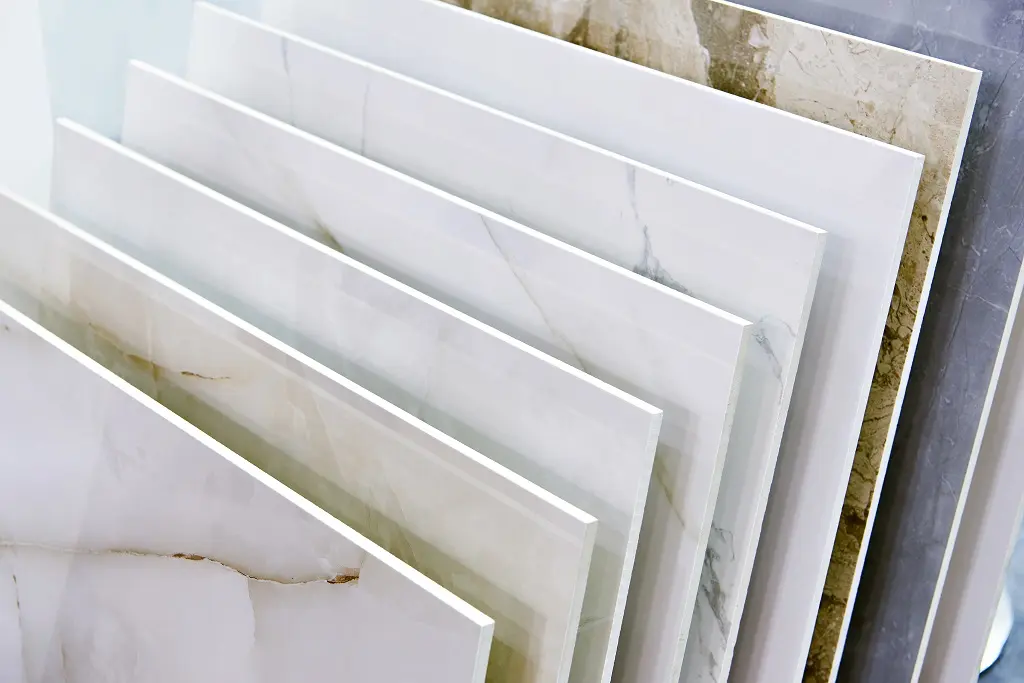
Tiles are graded based on quality and durability:
Grade 1
Best for walls, not recommended for floors.
Grade 2
Suitable for residential floors with light foot traffic.
Grade 3 & Above
Ideal for high-traffic areas, both residential and commercial.
Slip Resistance
Safety First! For wet areas like bathrooms, kitchens and outdoor spaces, choose tiles with a high slip-resistance rating (R10 or higher) to prevent accidents.
Budget & Maintenance Cost
Budget
Set a budget and compare prices to find tiles that fit within your range.
Maintenance
Consider how much upkeep your tiles require; some materials need sealing, while others are low-maintenance.
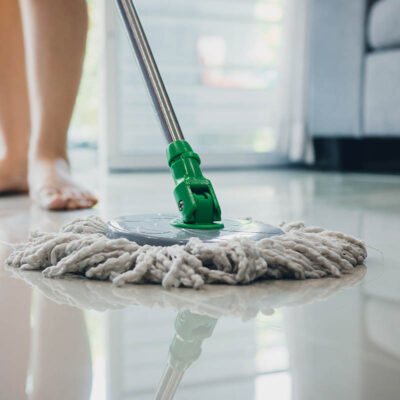
Not sure how to clean and maintain your tiles? Here’s a step-by-step guide!
Installation & Tile Layout
Check if your chosen tile requires professional installation or if it’s DIY-friendly.
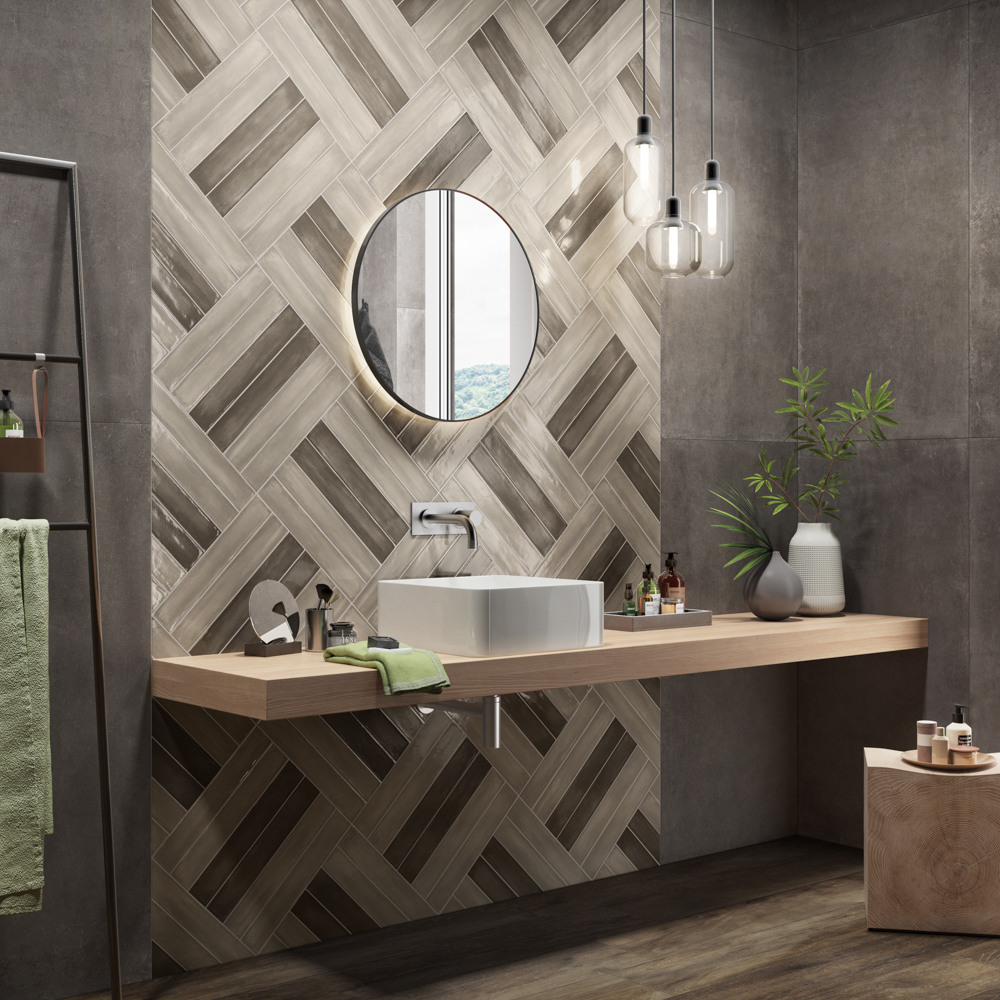
lacche bruno ceramic
Plan the tile layout before purchase to ensure you buy the correct quantity and minimise wastage.
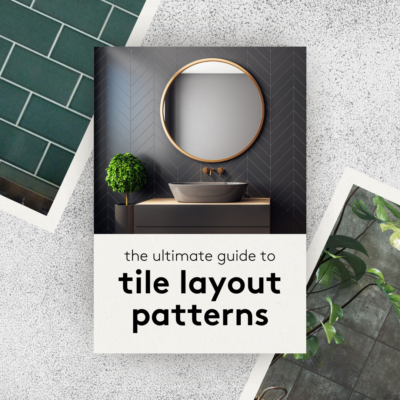
Check out our Ultimate Guide to Tile Layout Patterns.
Availability & Lead Time
Ensure your selected tile is in stock or has a reasonable delivery time, especially if you have project deadlines.
Final Thoughts: Choose Wisely for Long-Term Satisfaction
Purchasing tiles is an investment in both style and functionality. By considering these key factors, you’ll be able to choose the perfect tiles that suit your space, needs and budget.
Visit your nearest Tiletoria showroom for expert advice and a wide selection of high-quality tiles to bring your vision to life!


